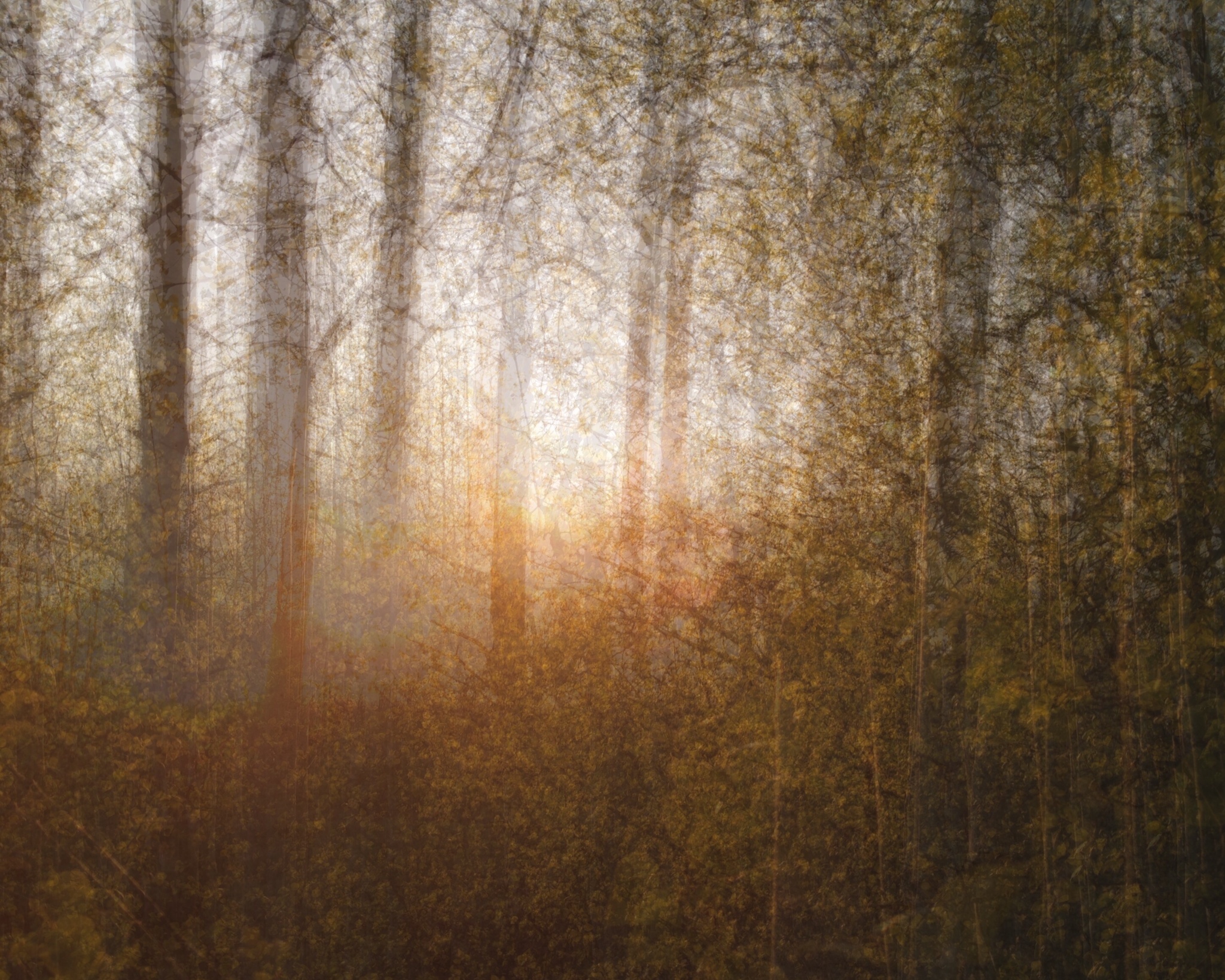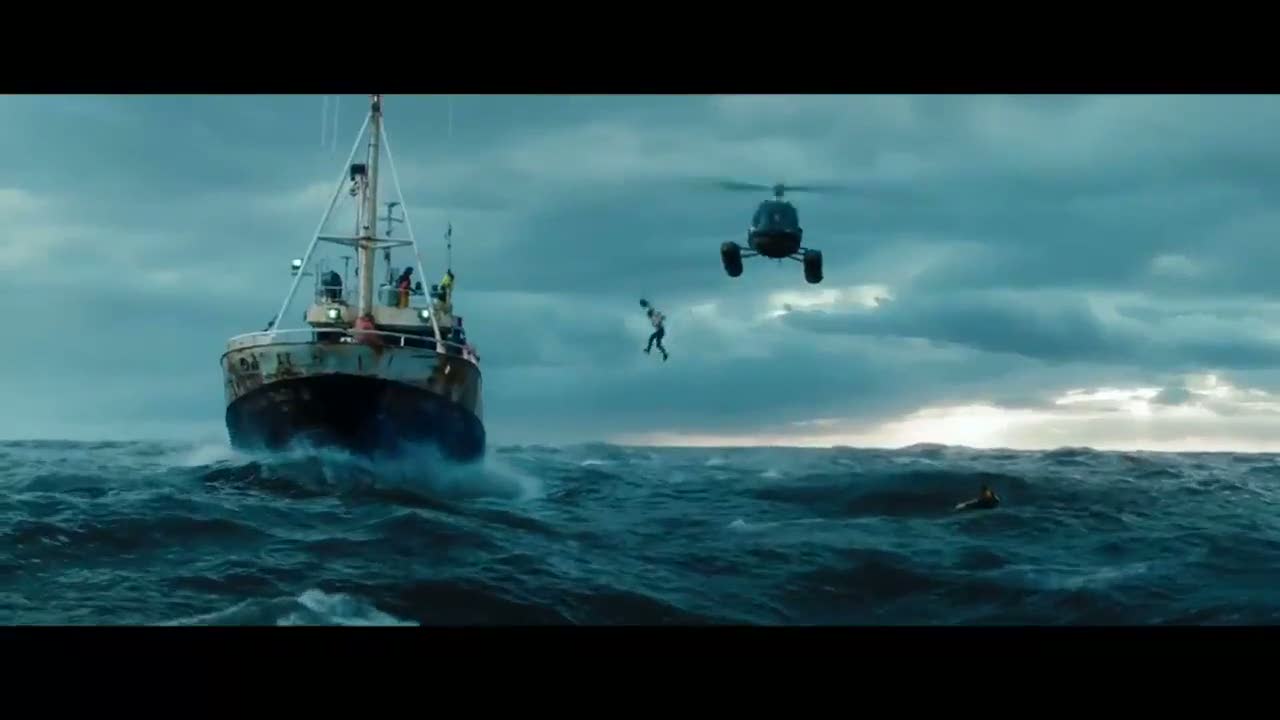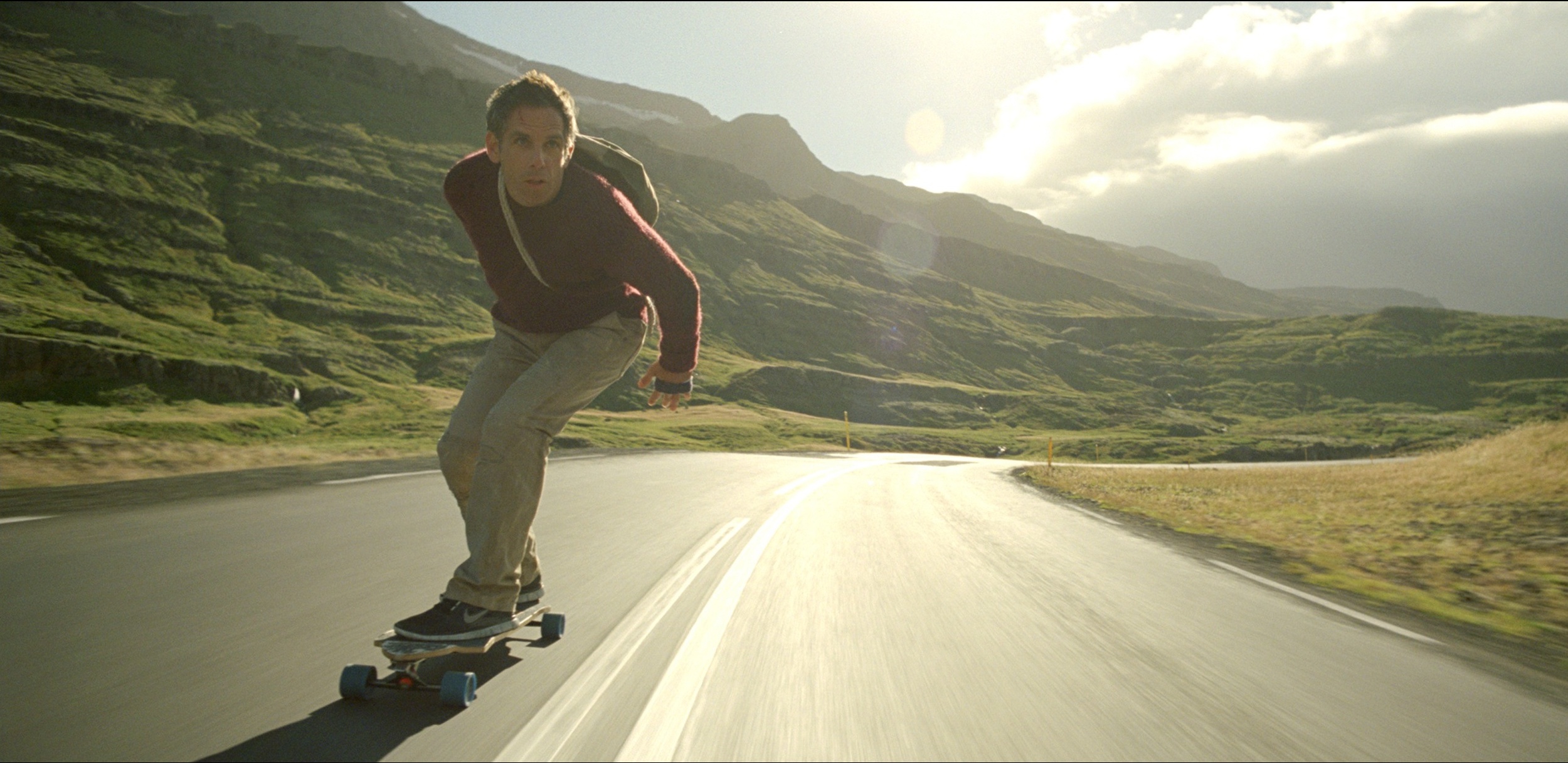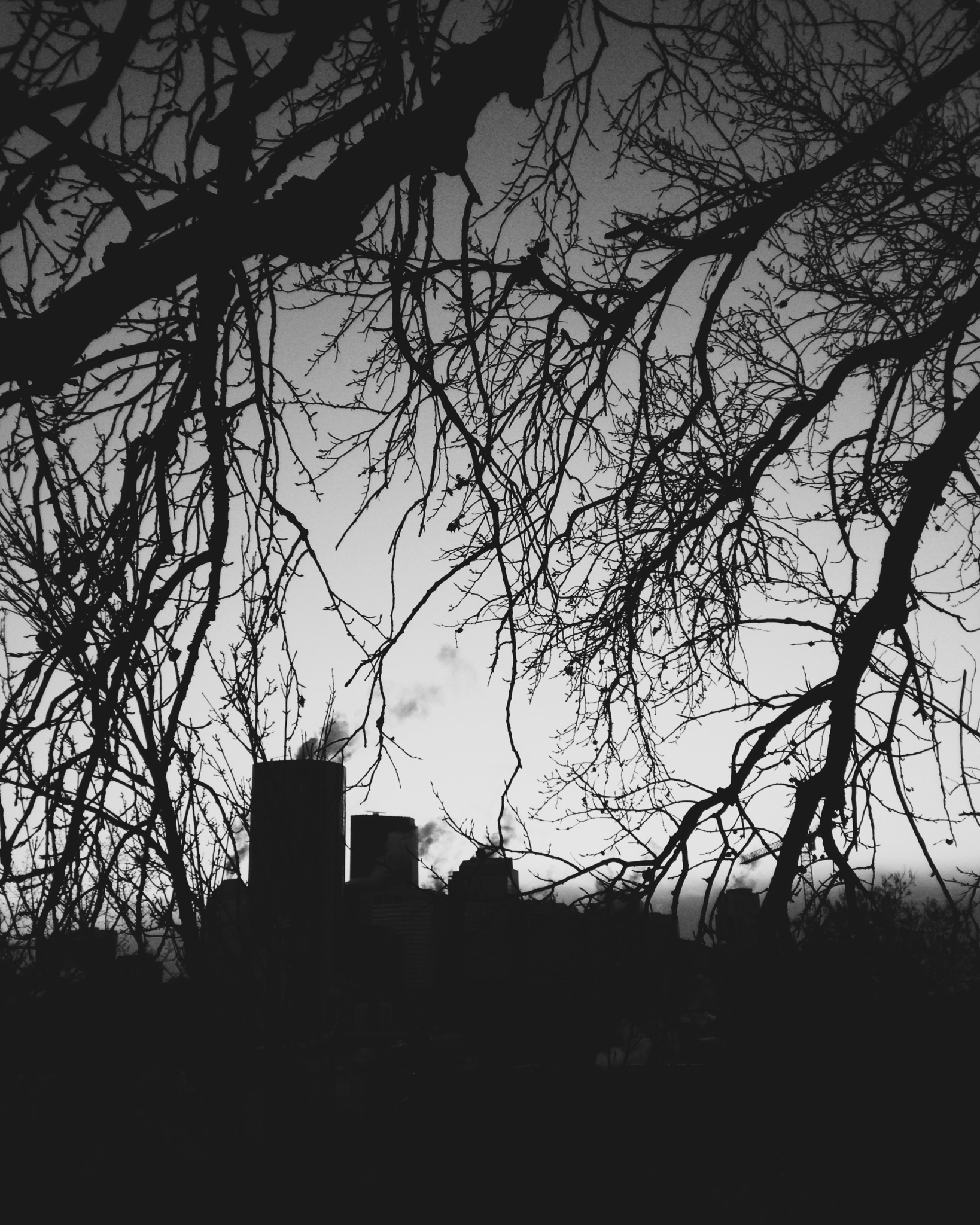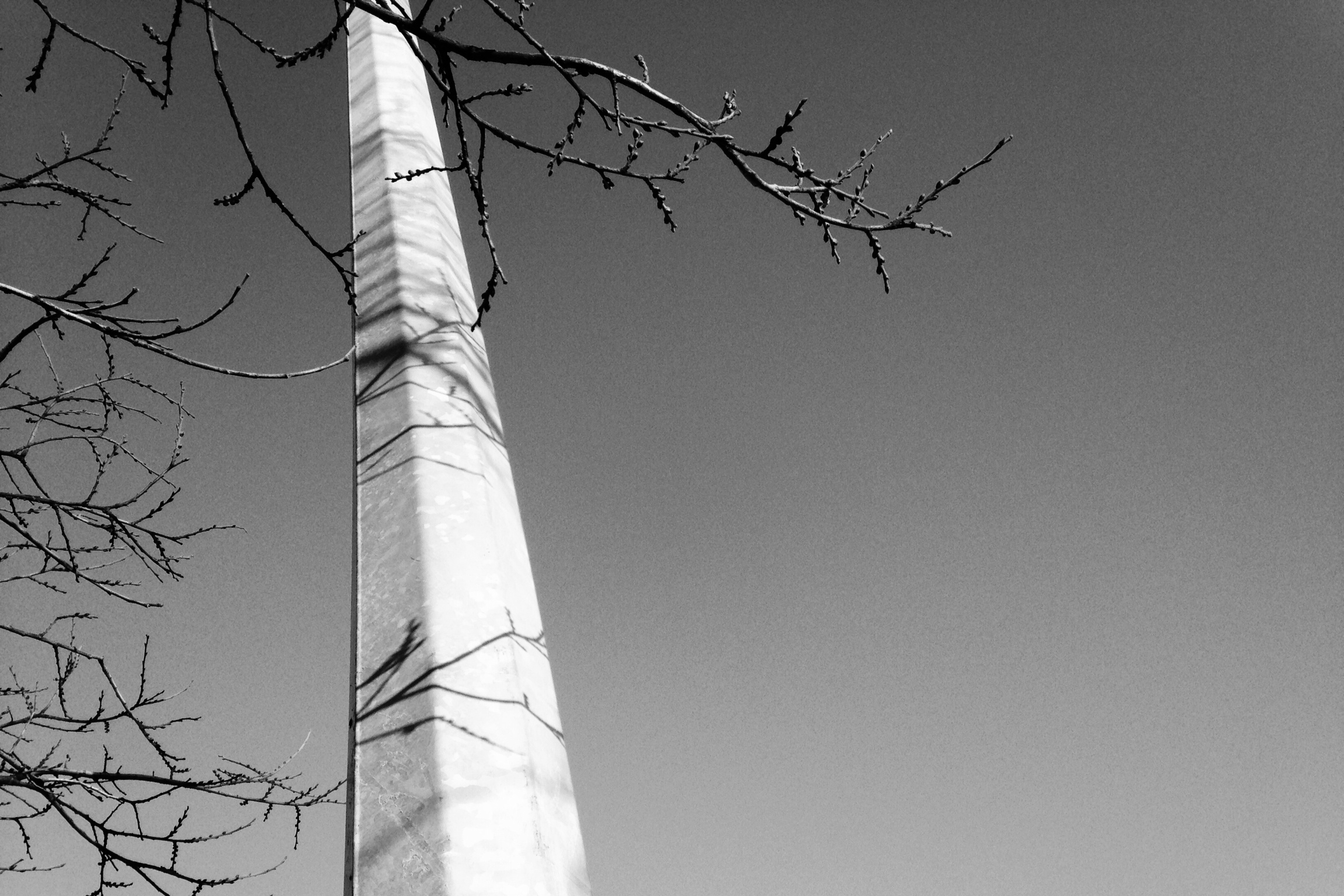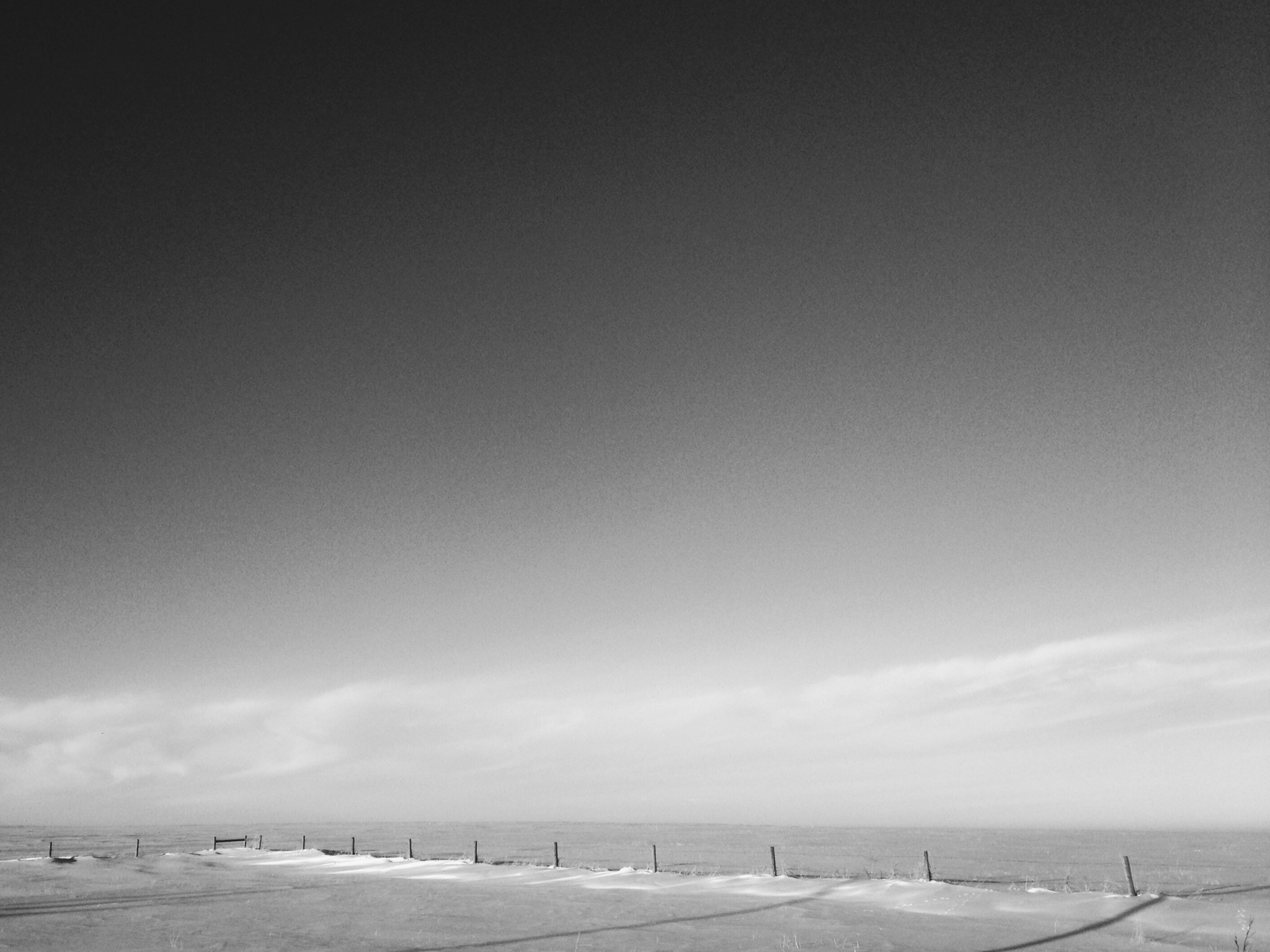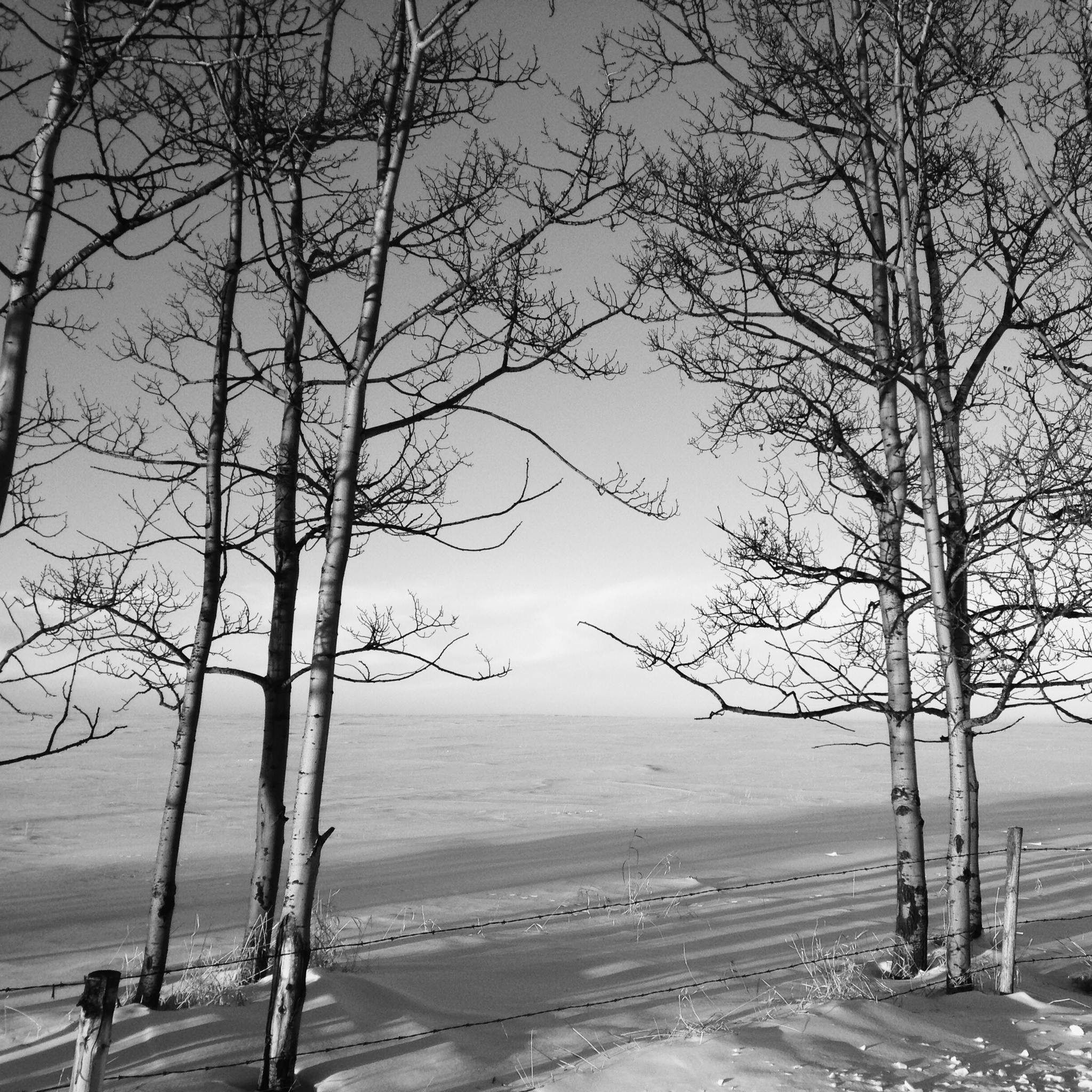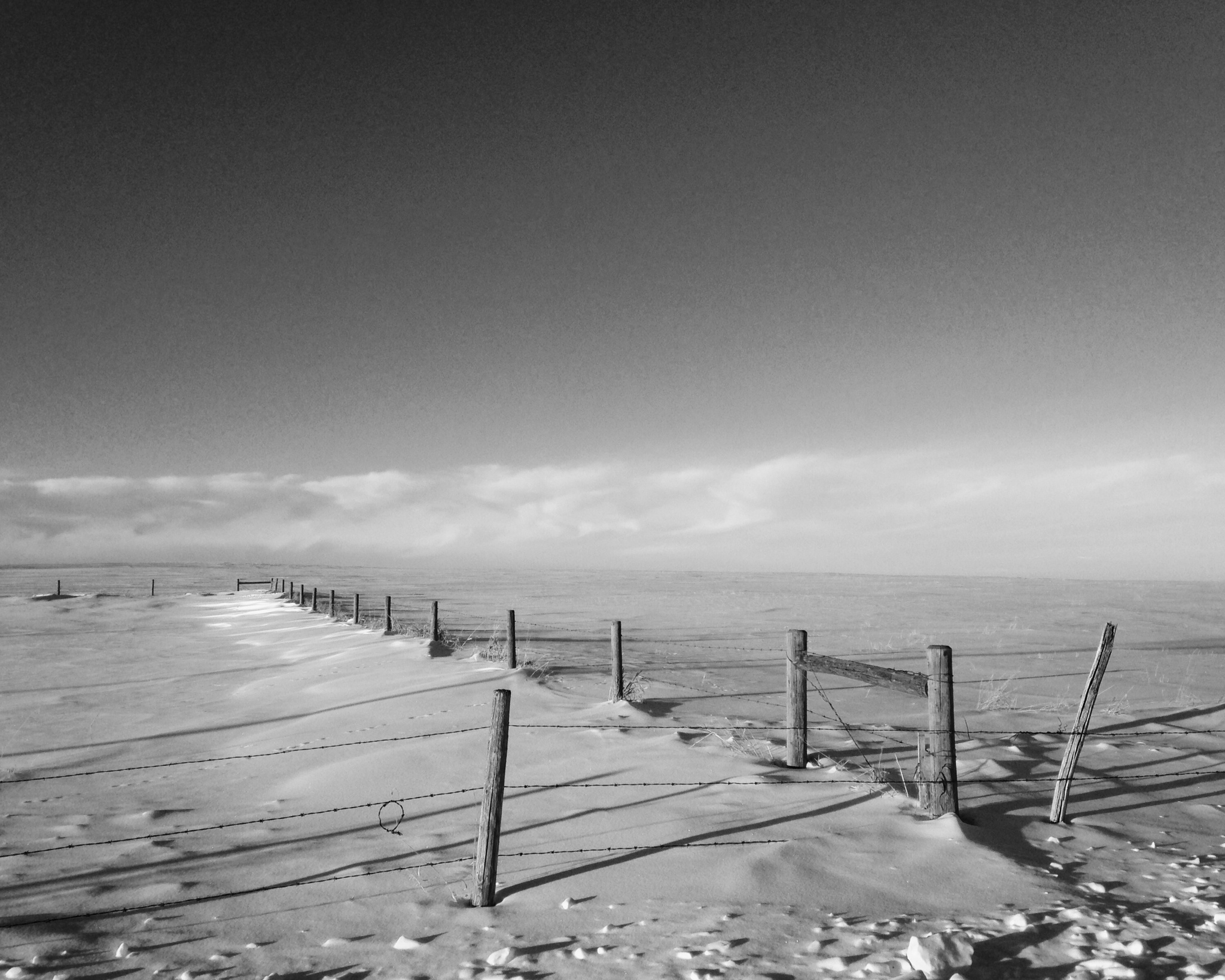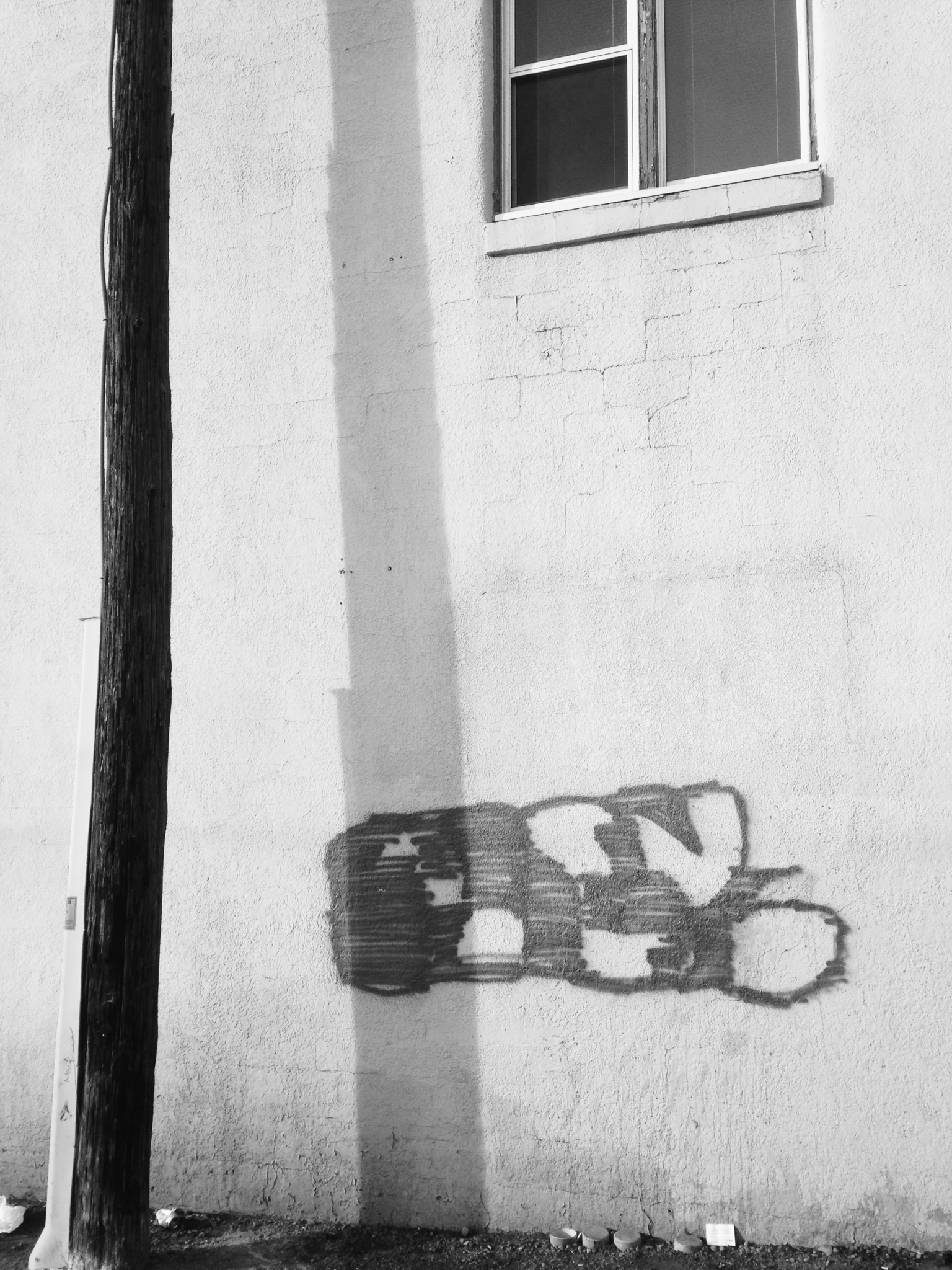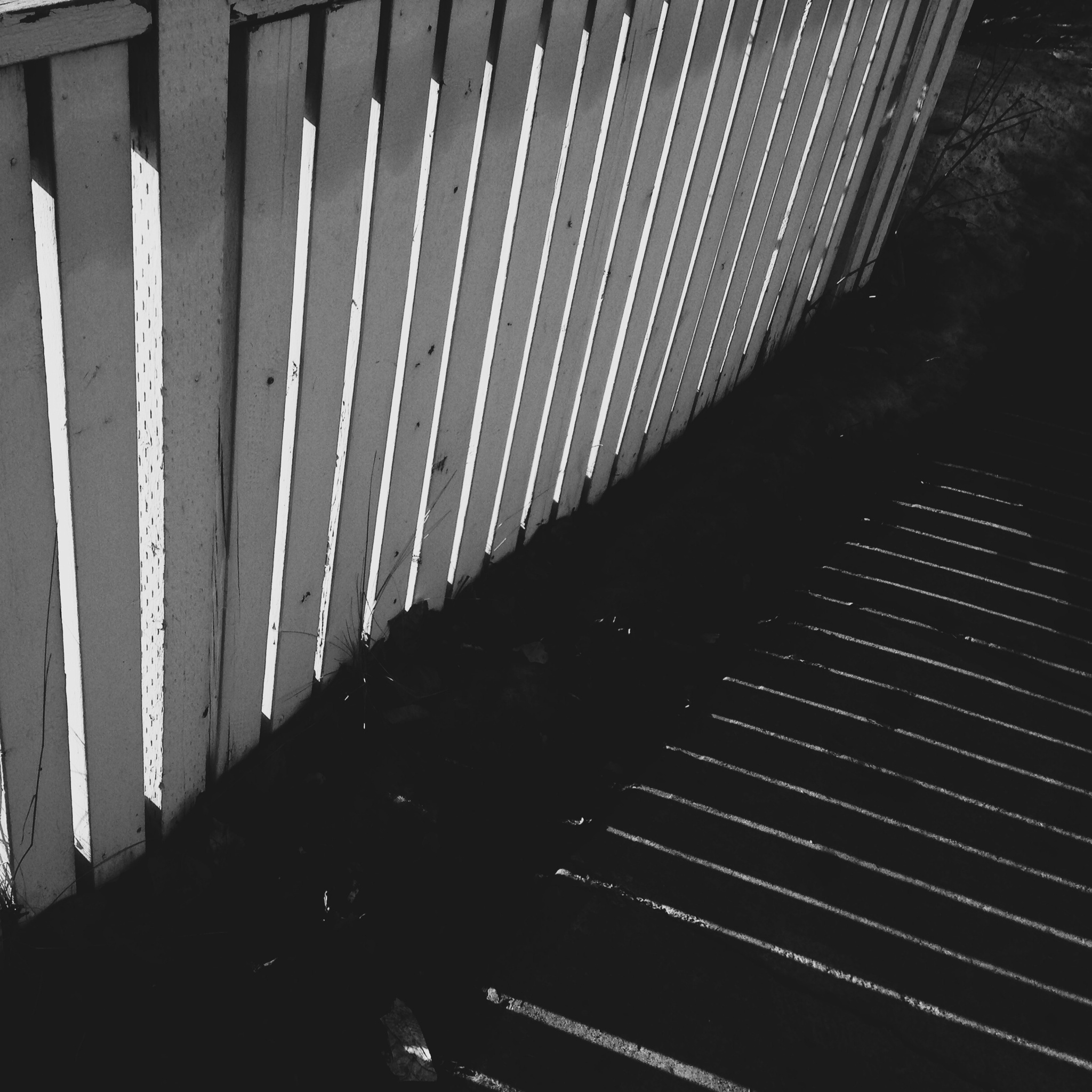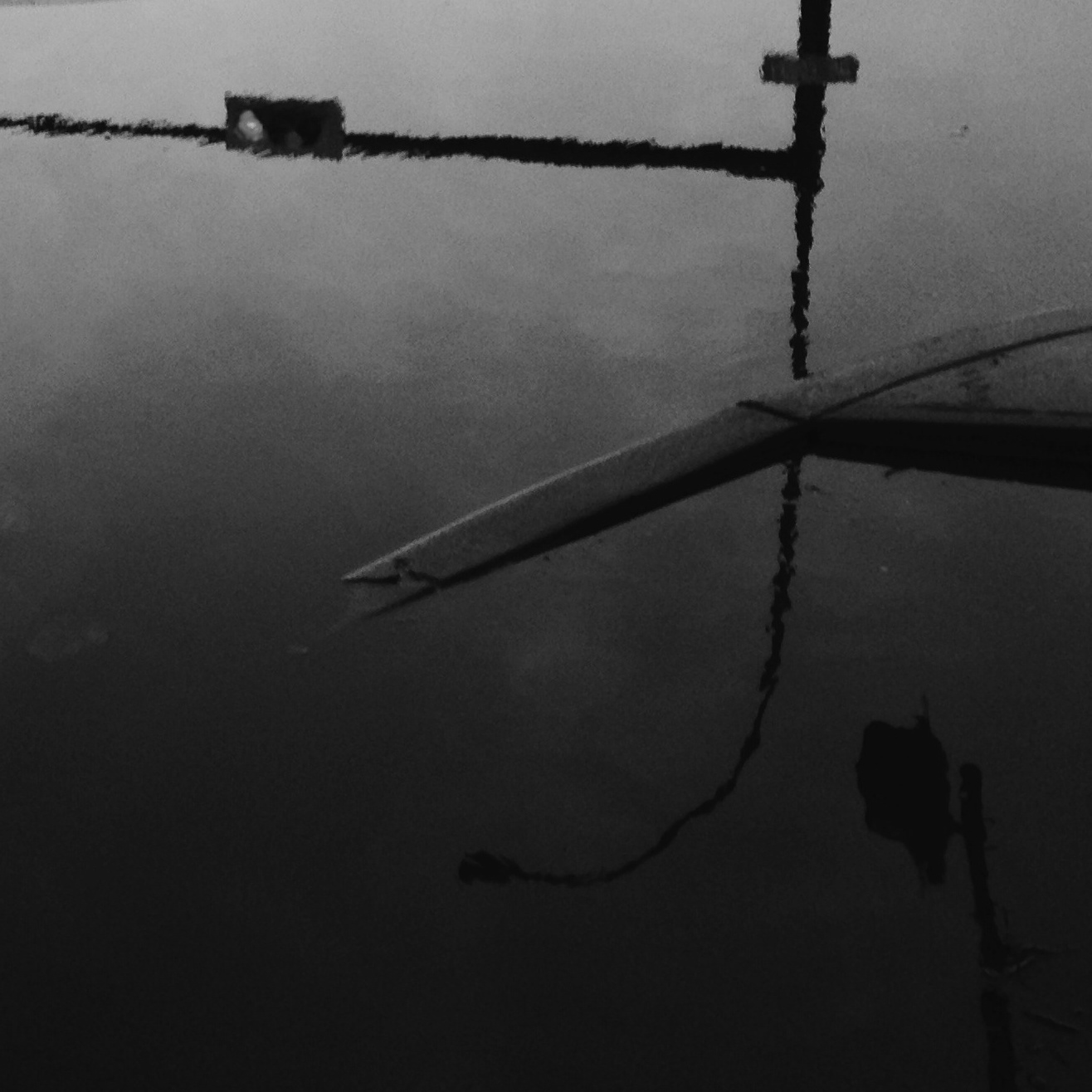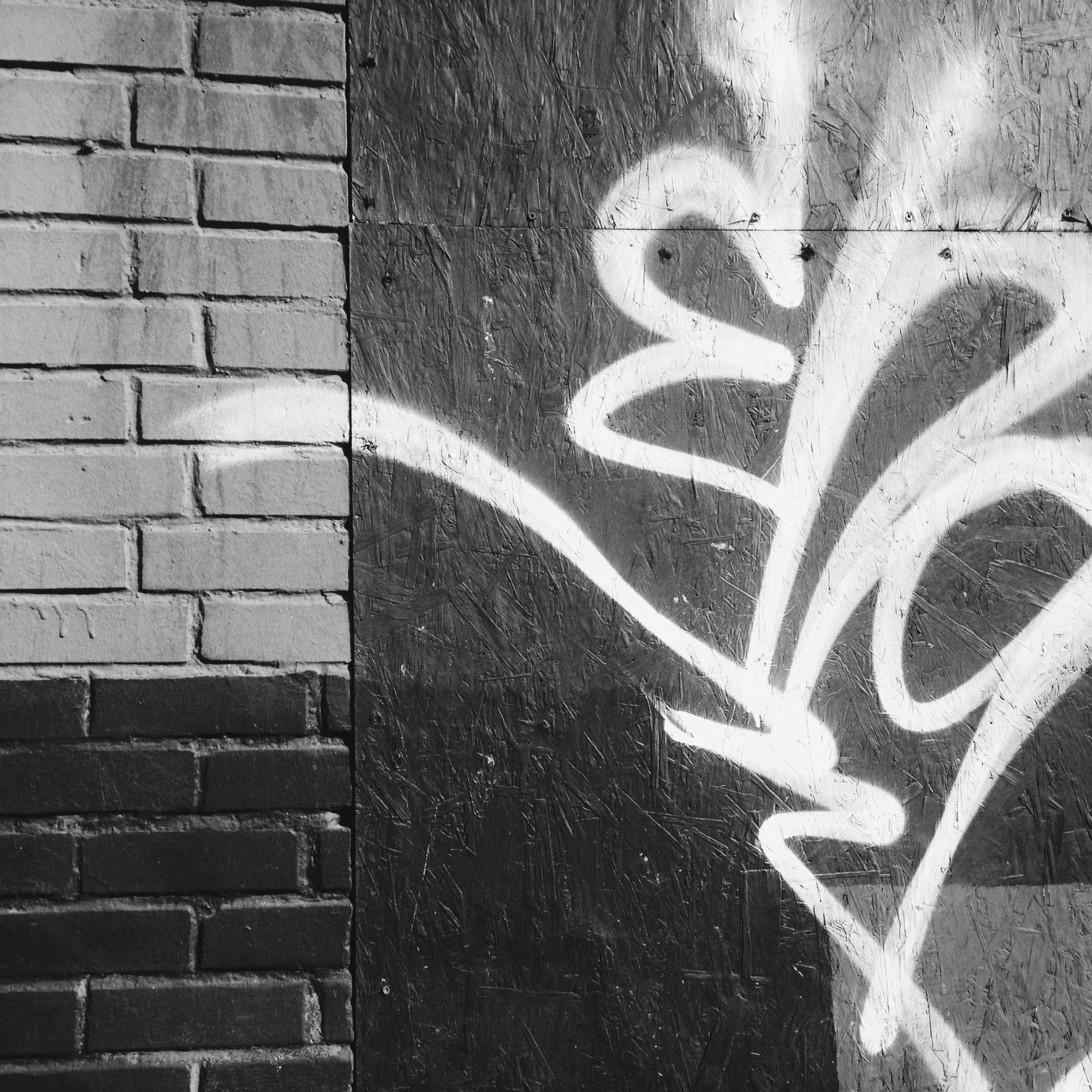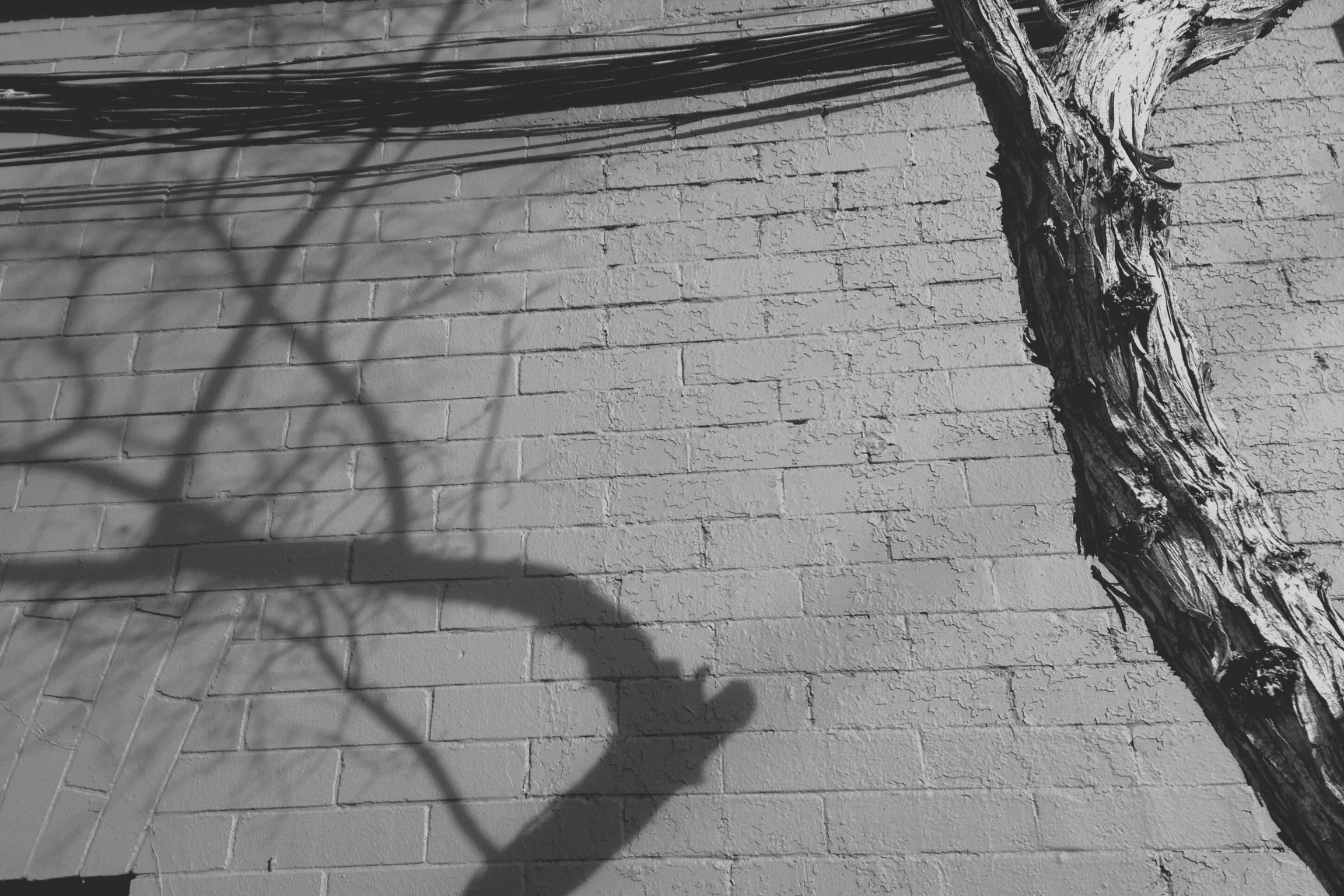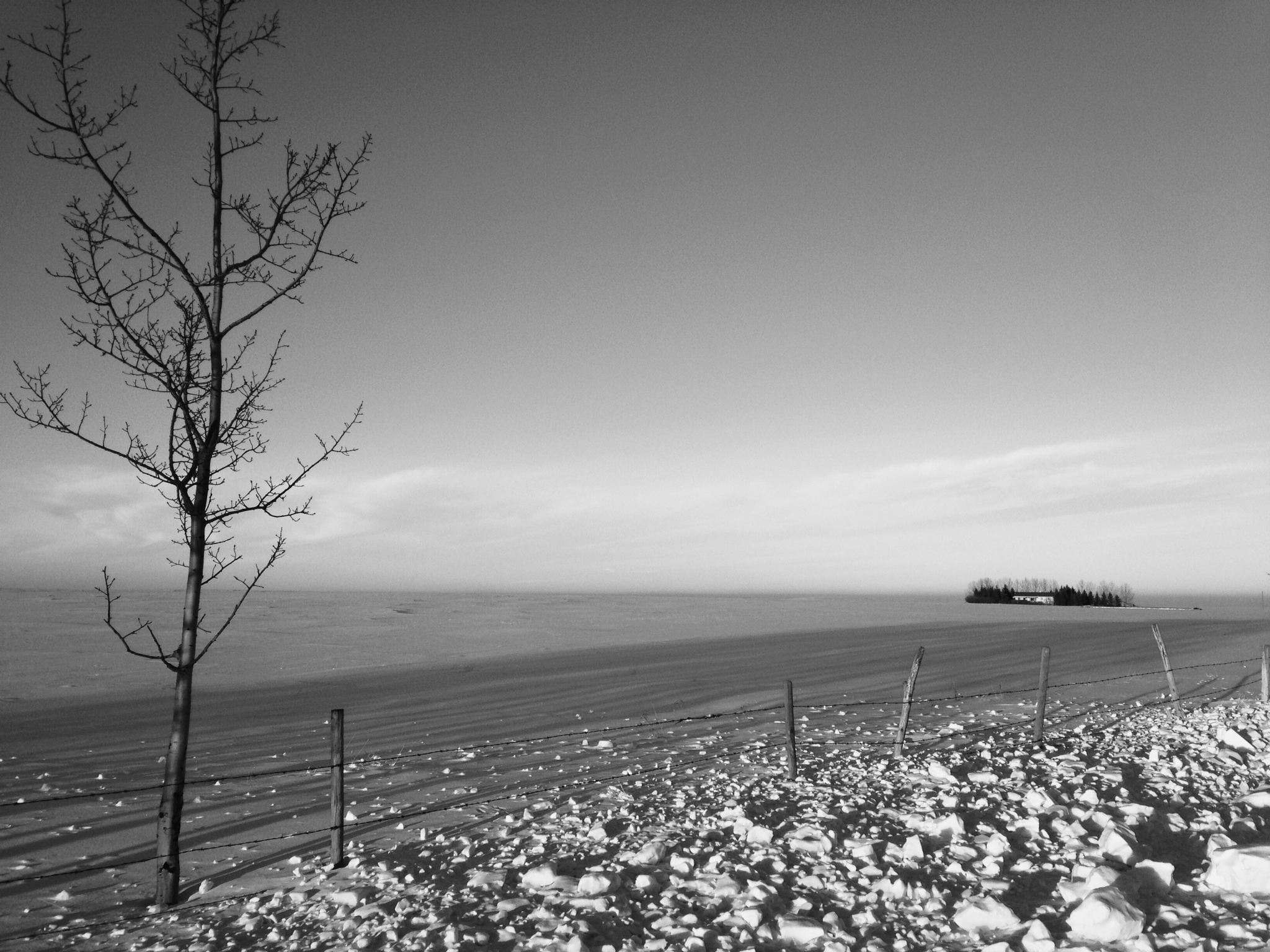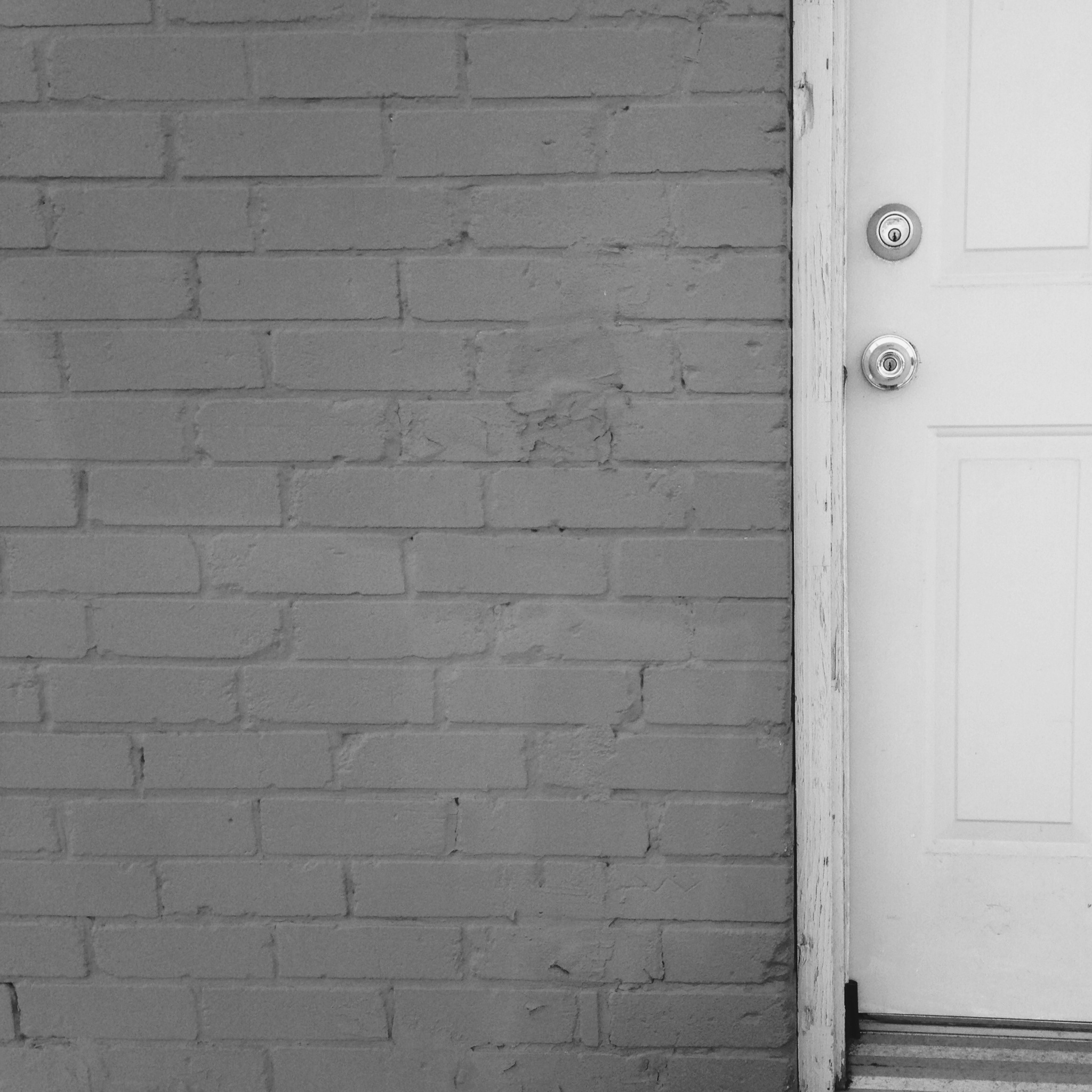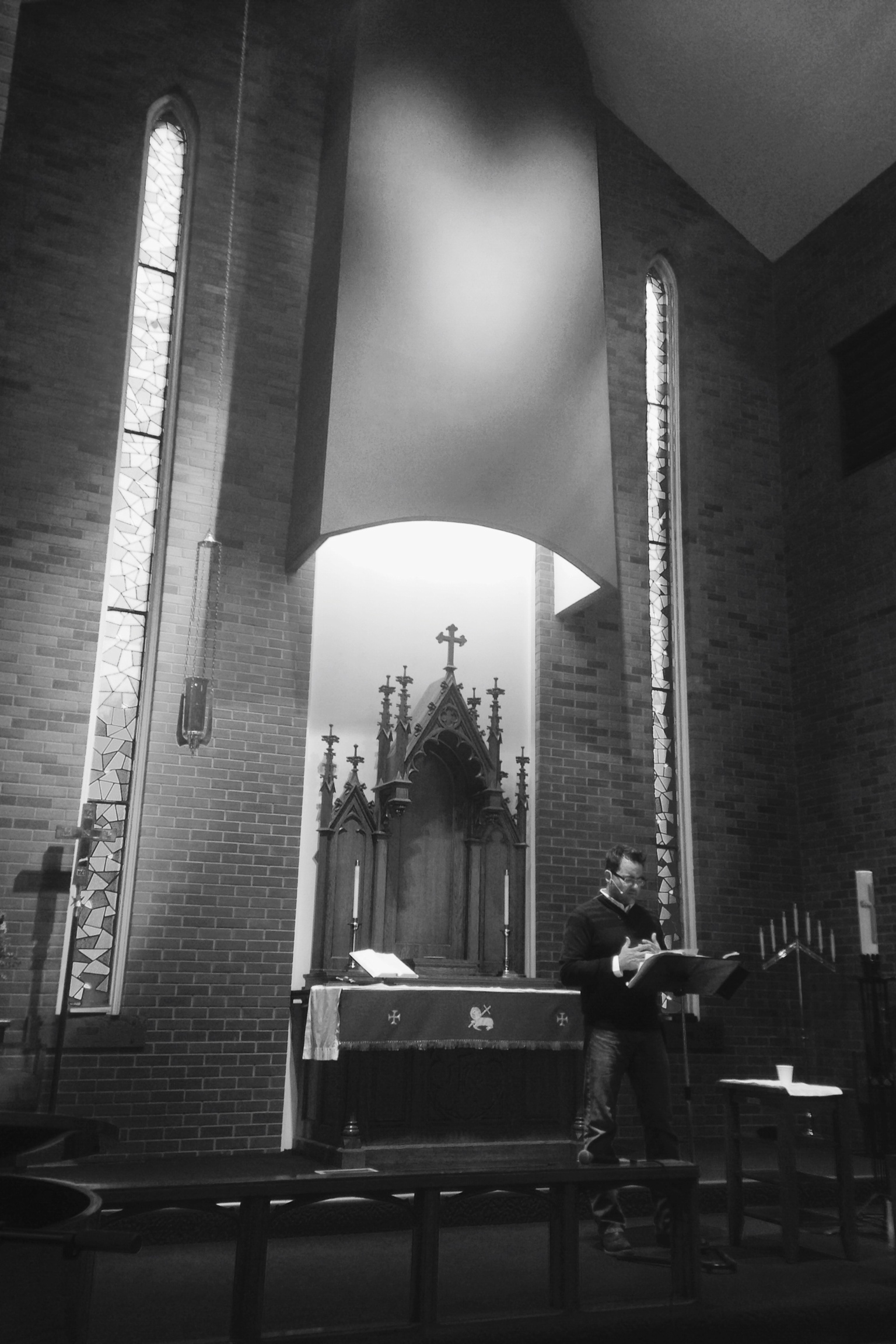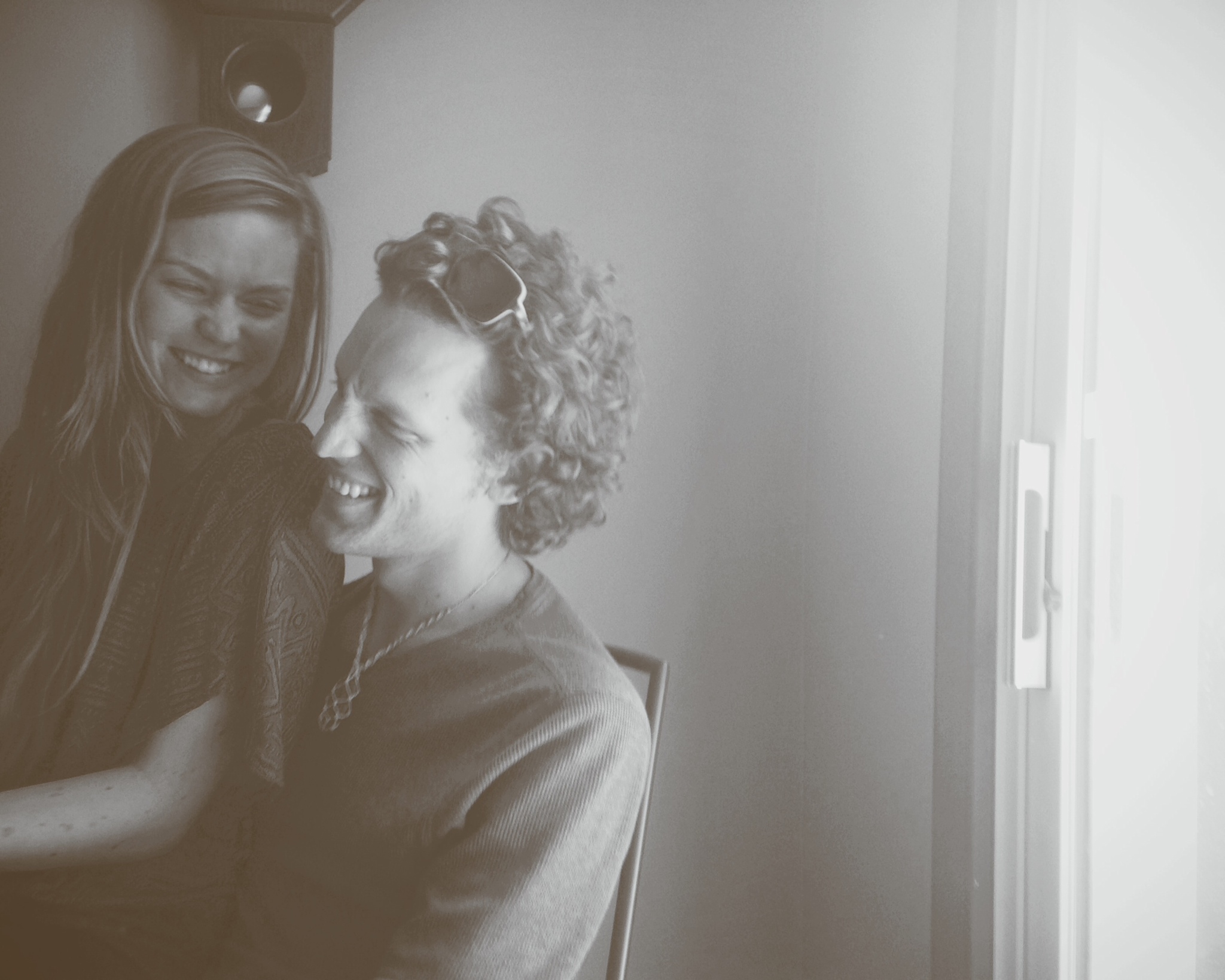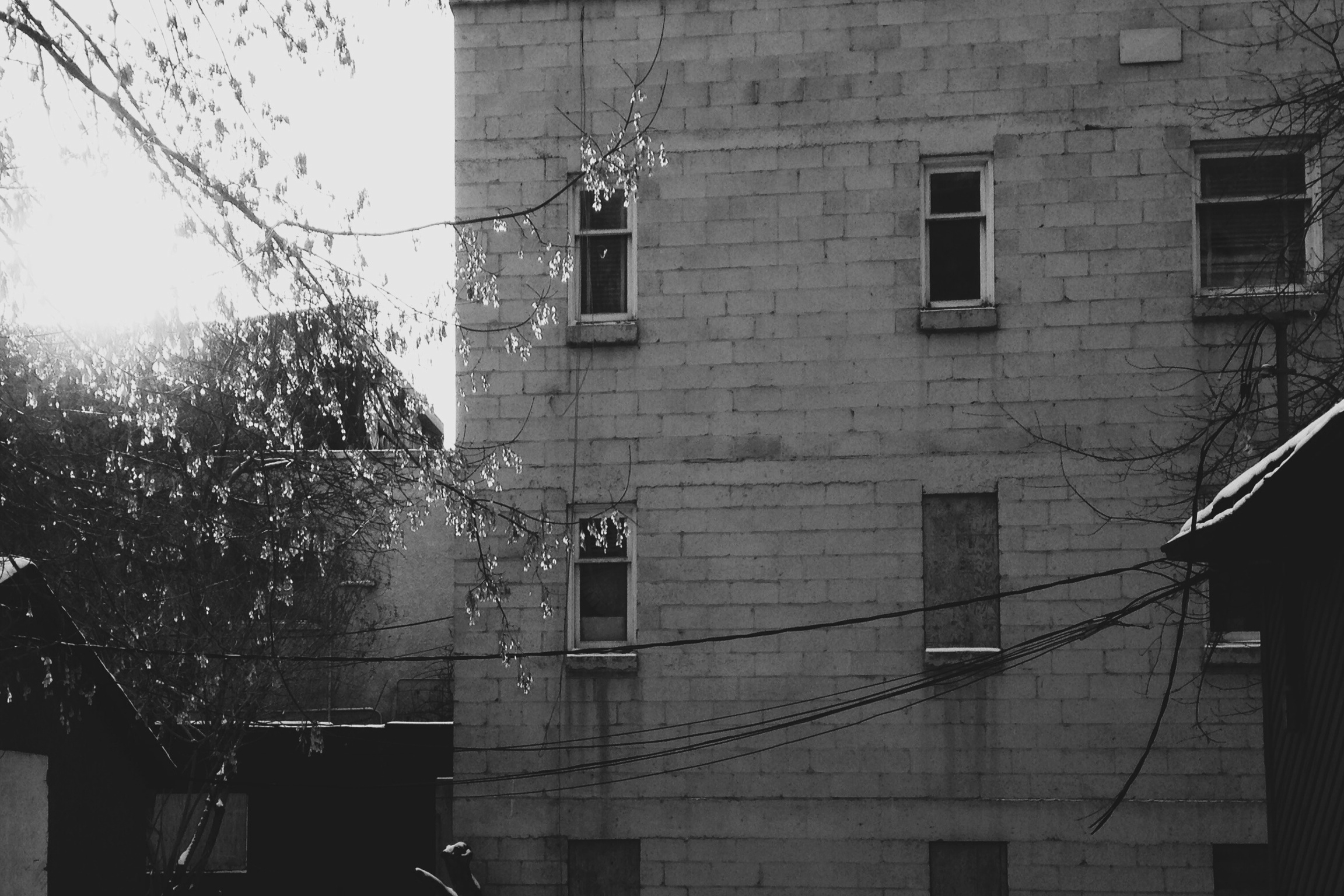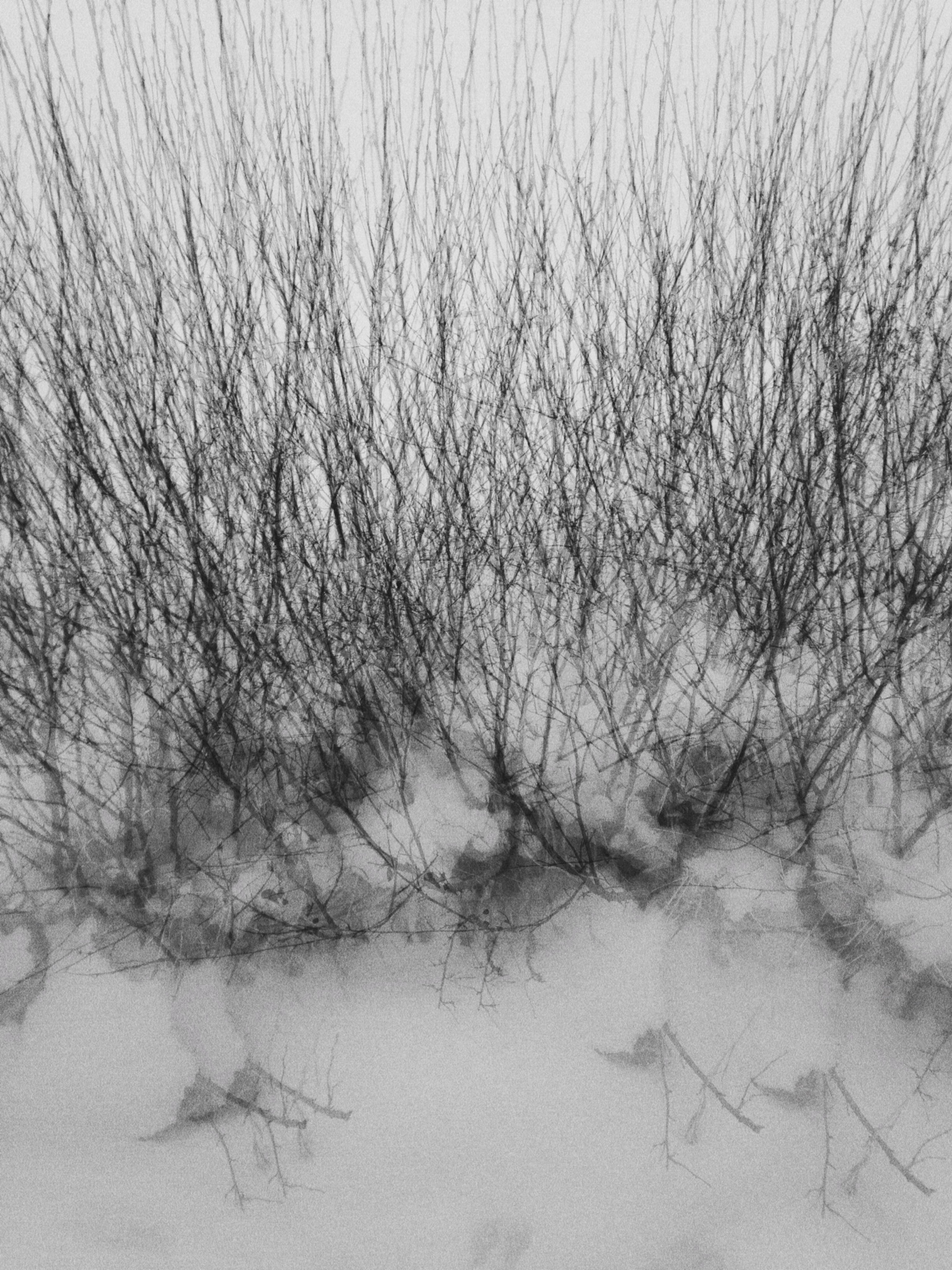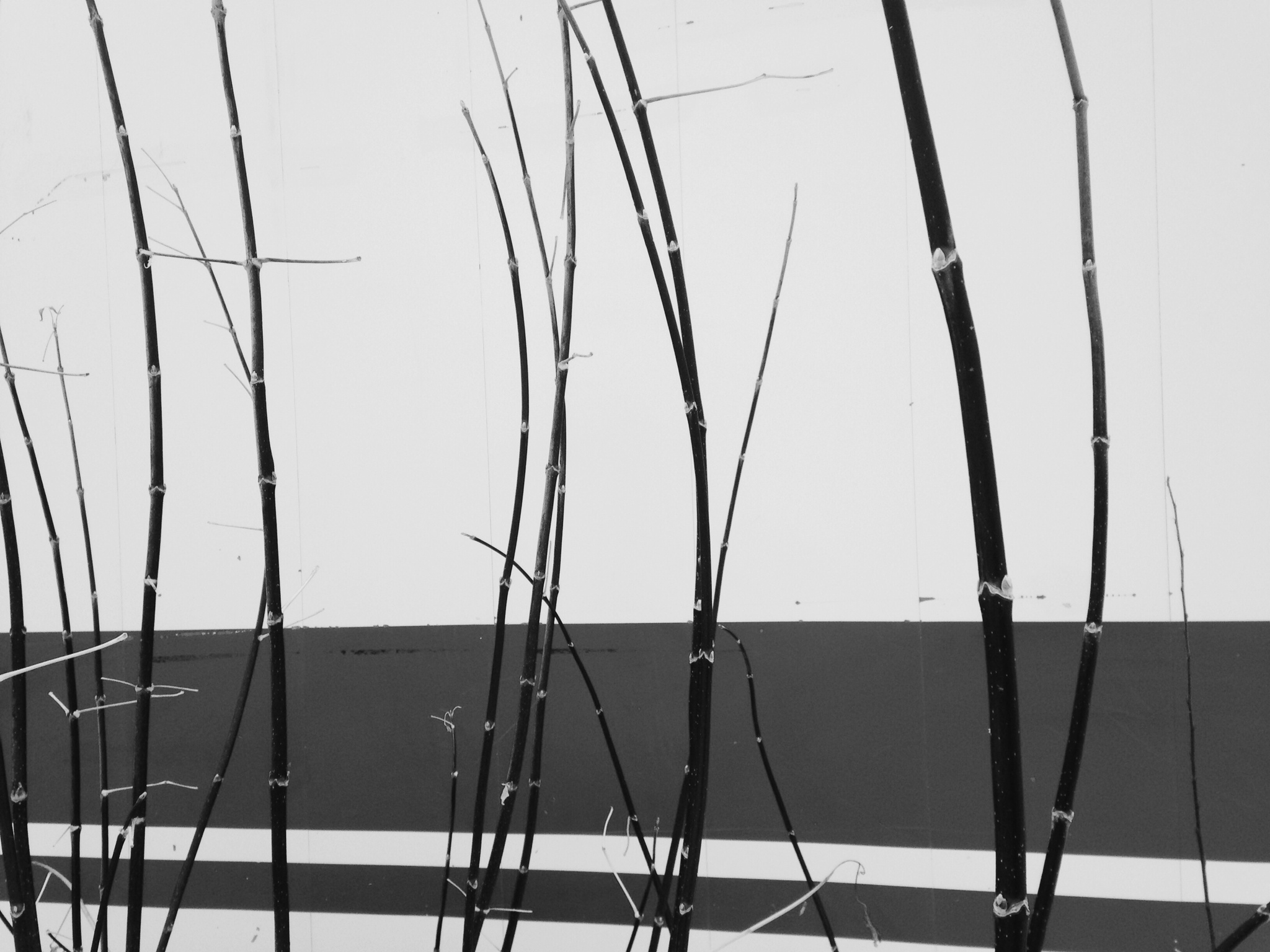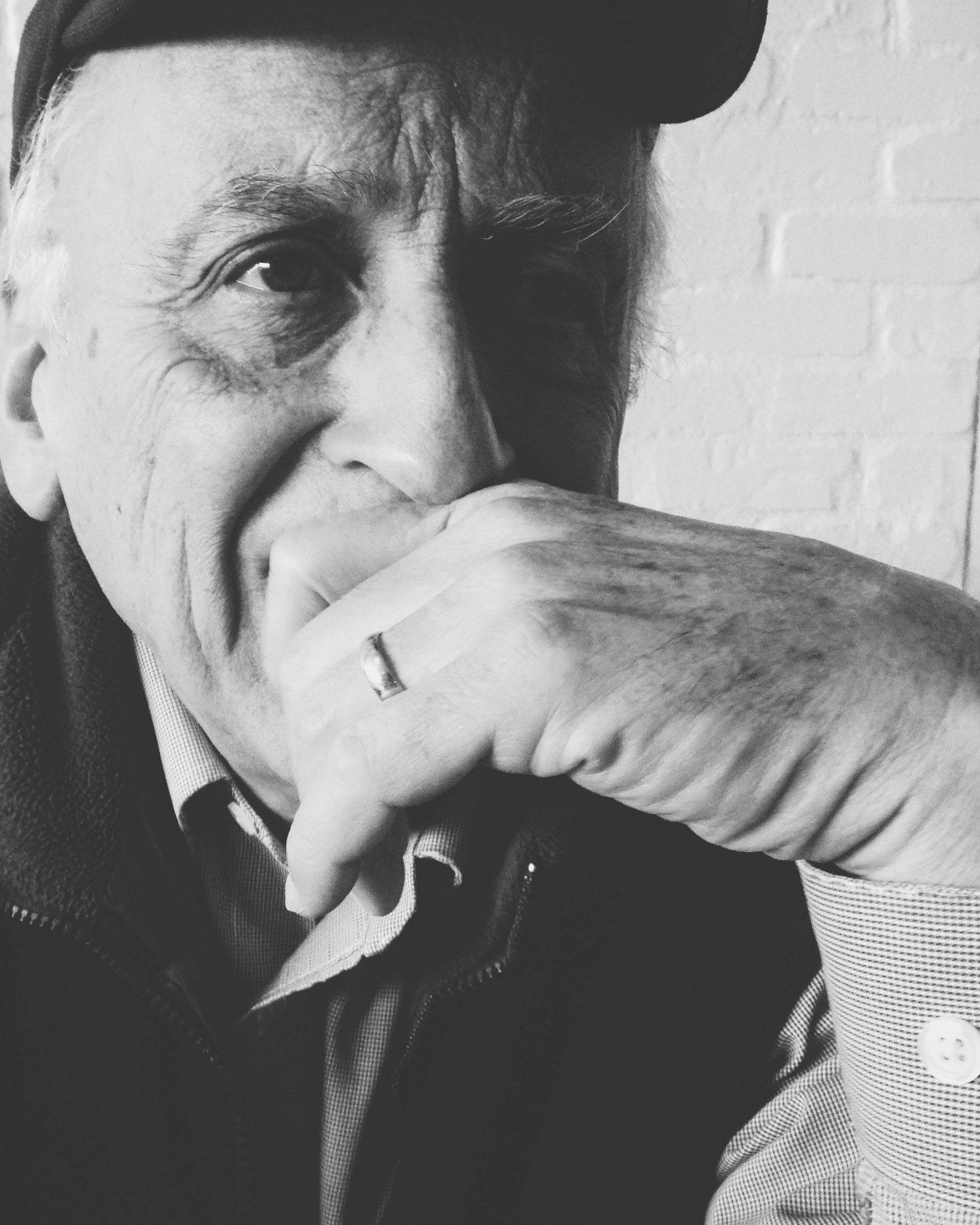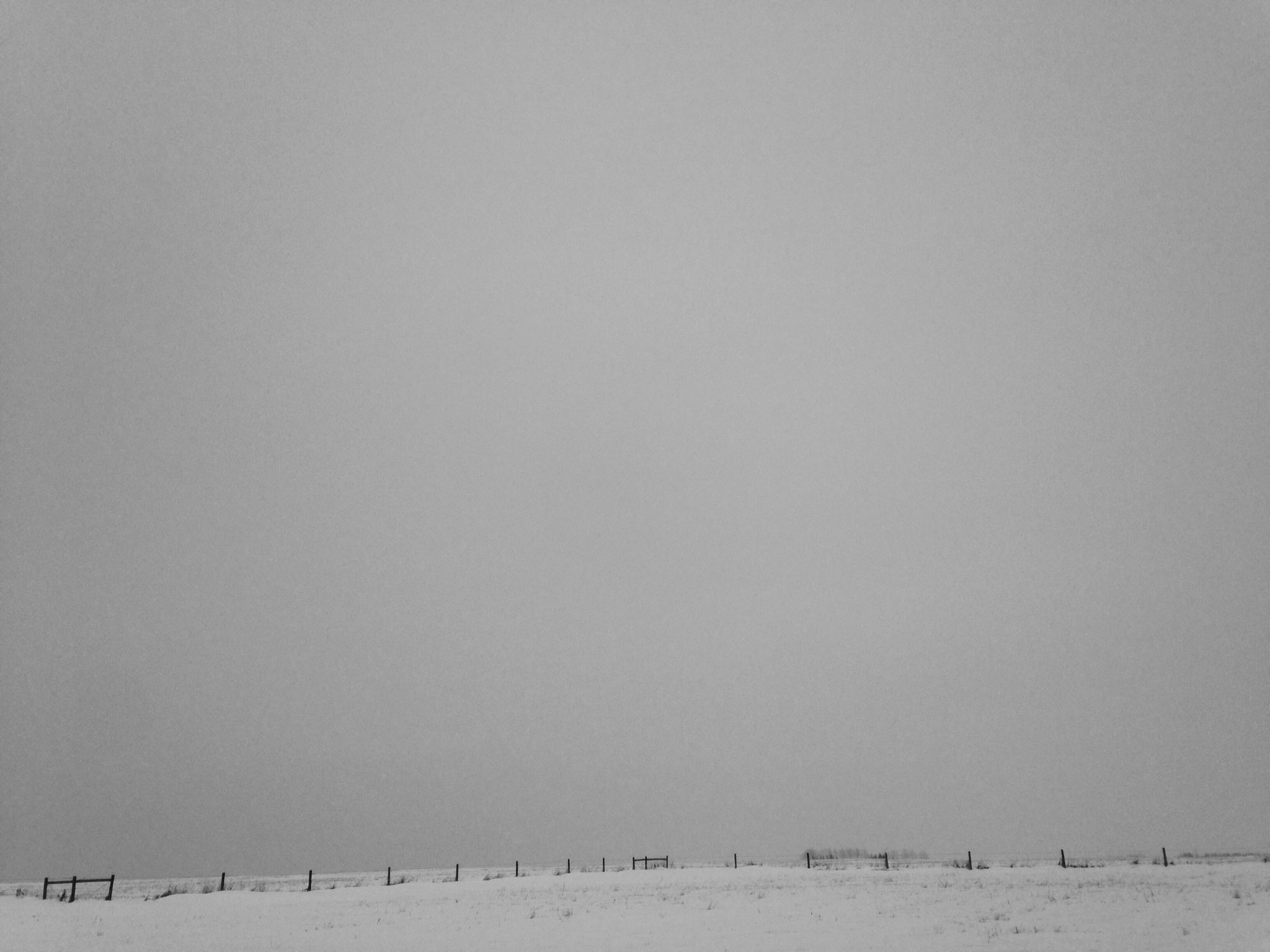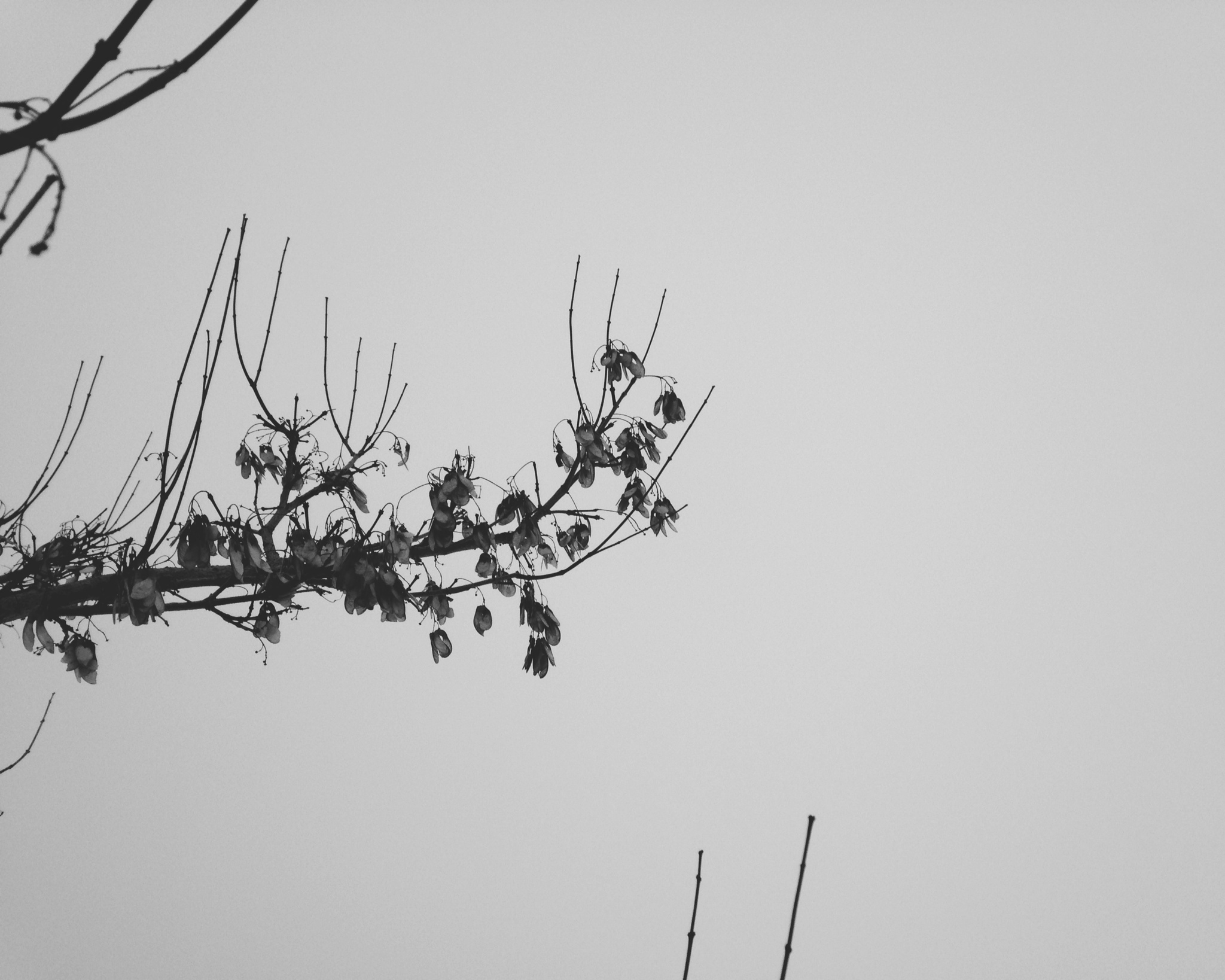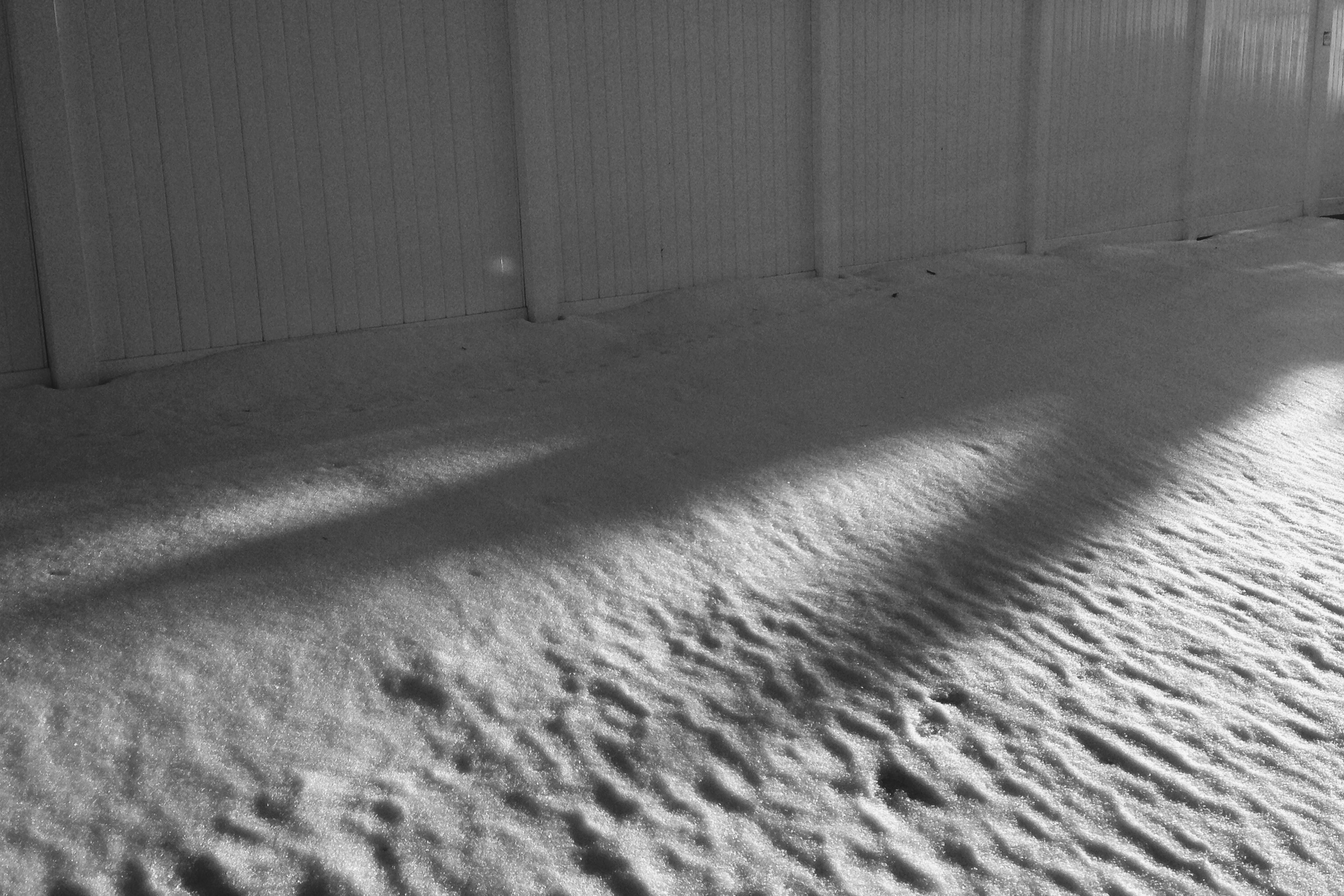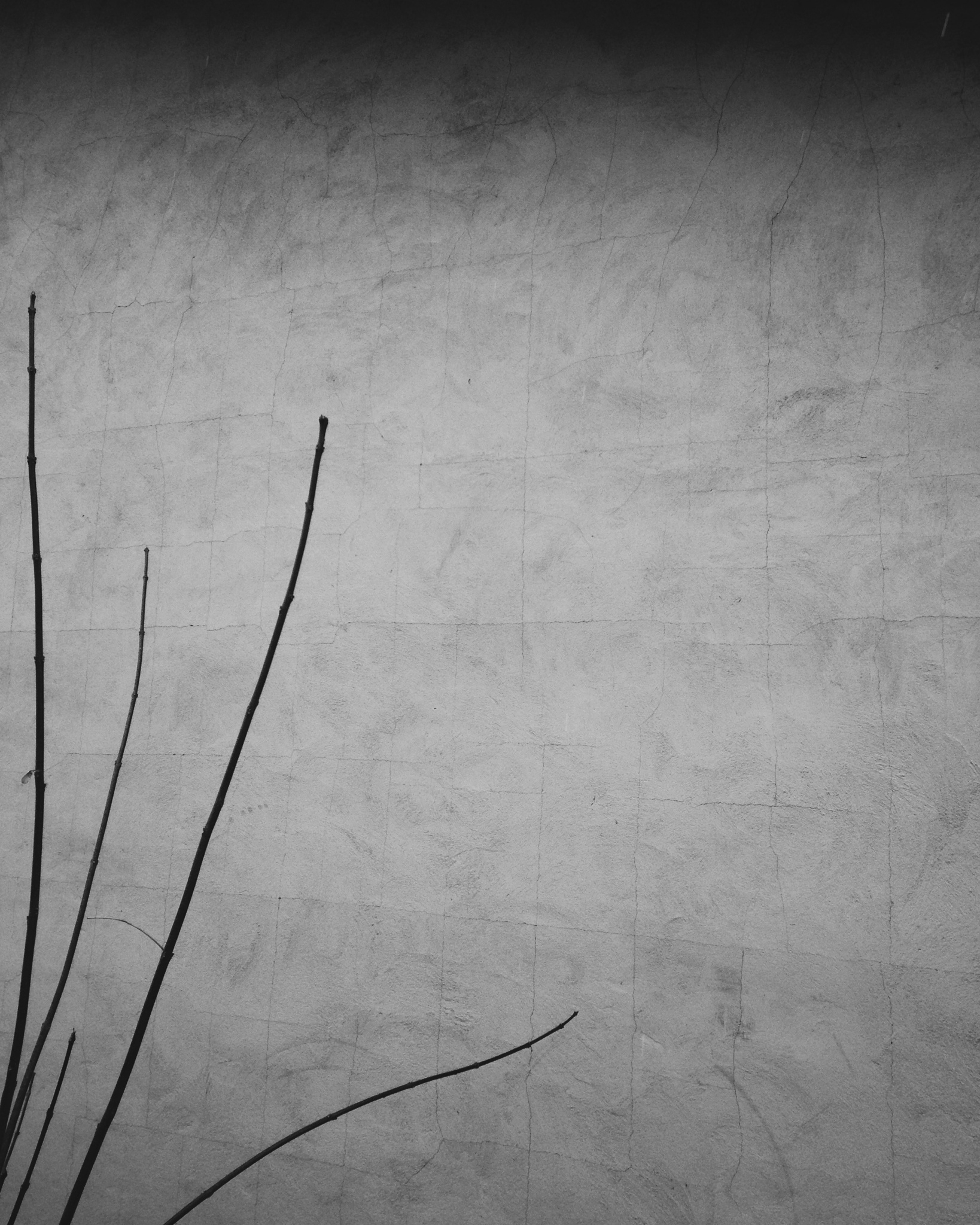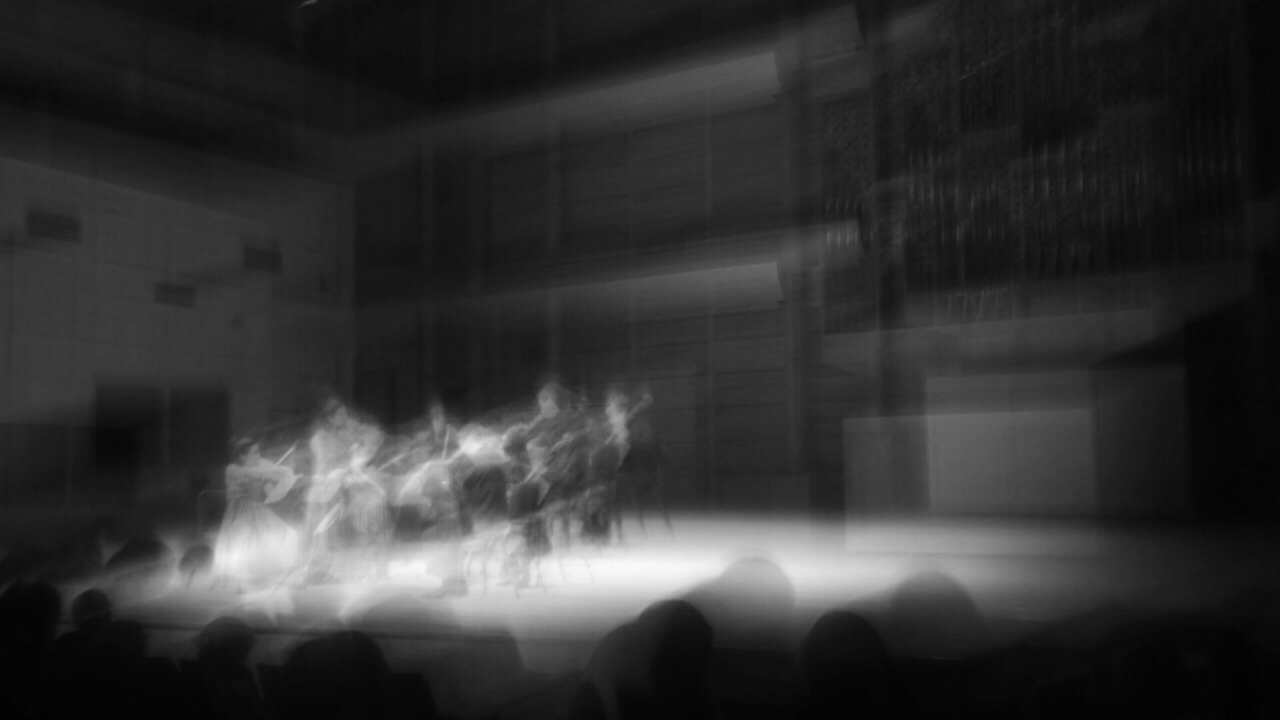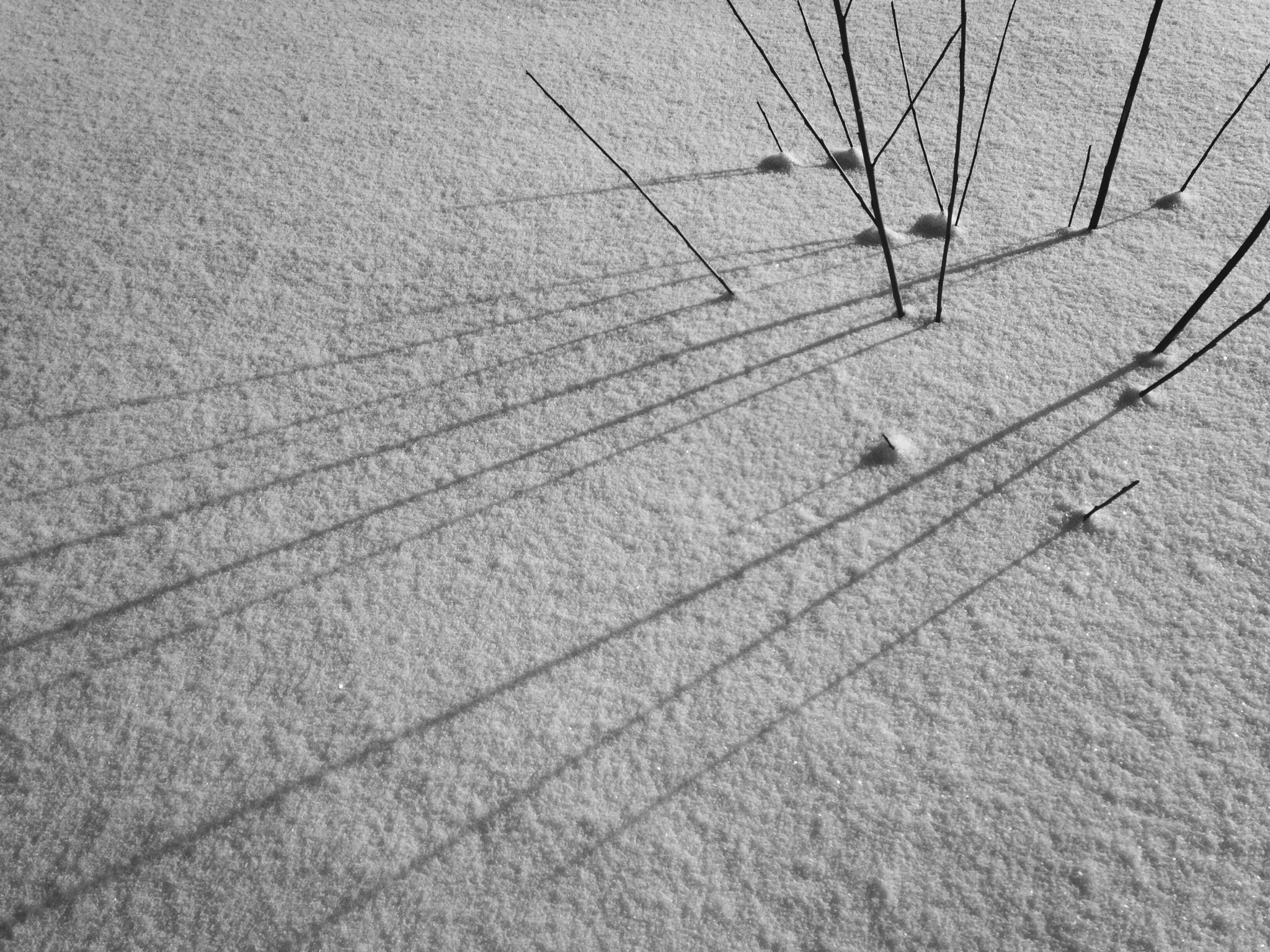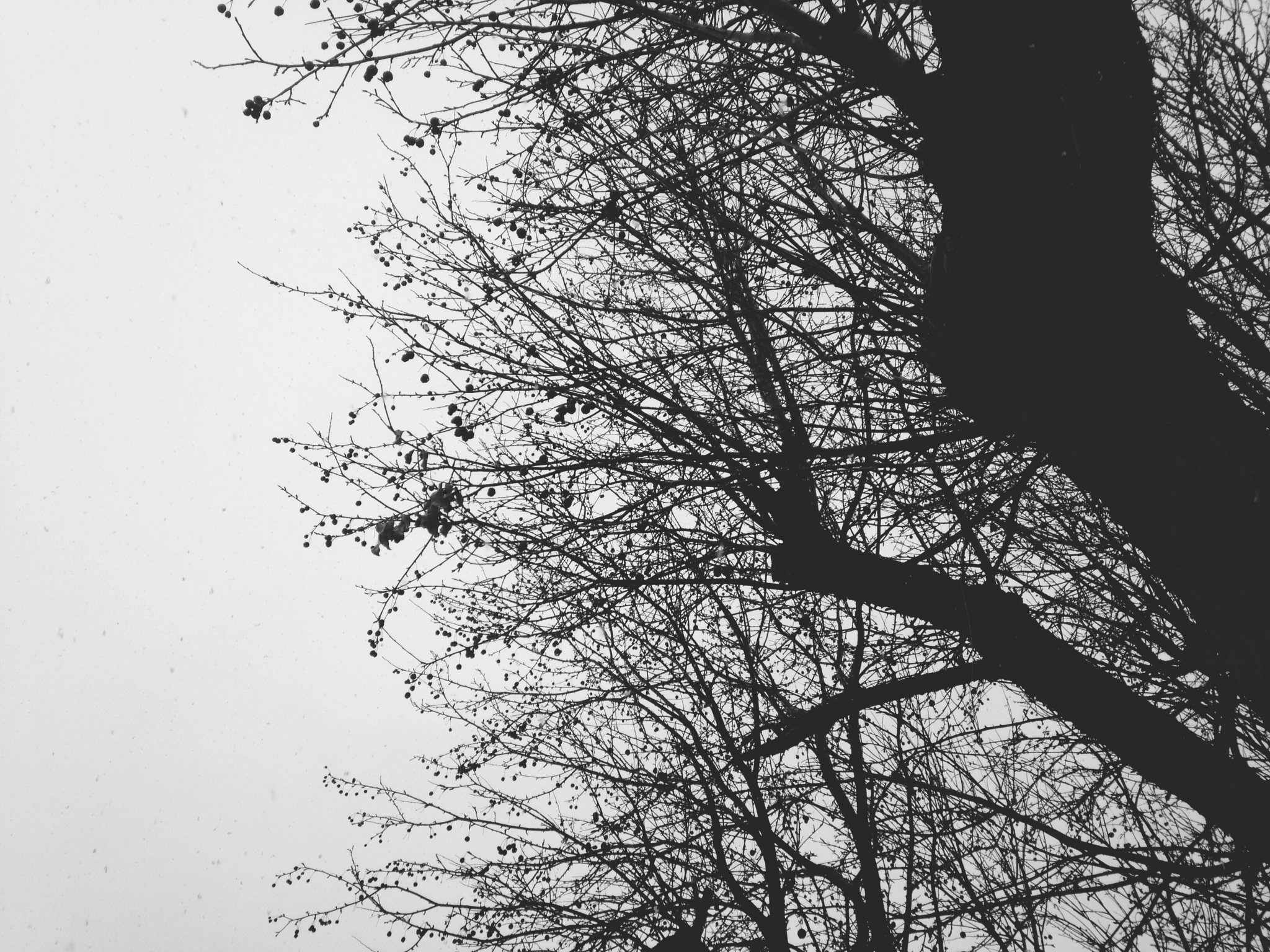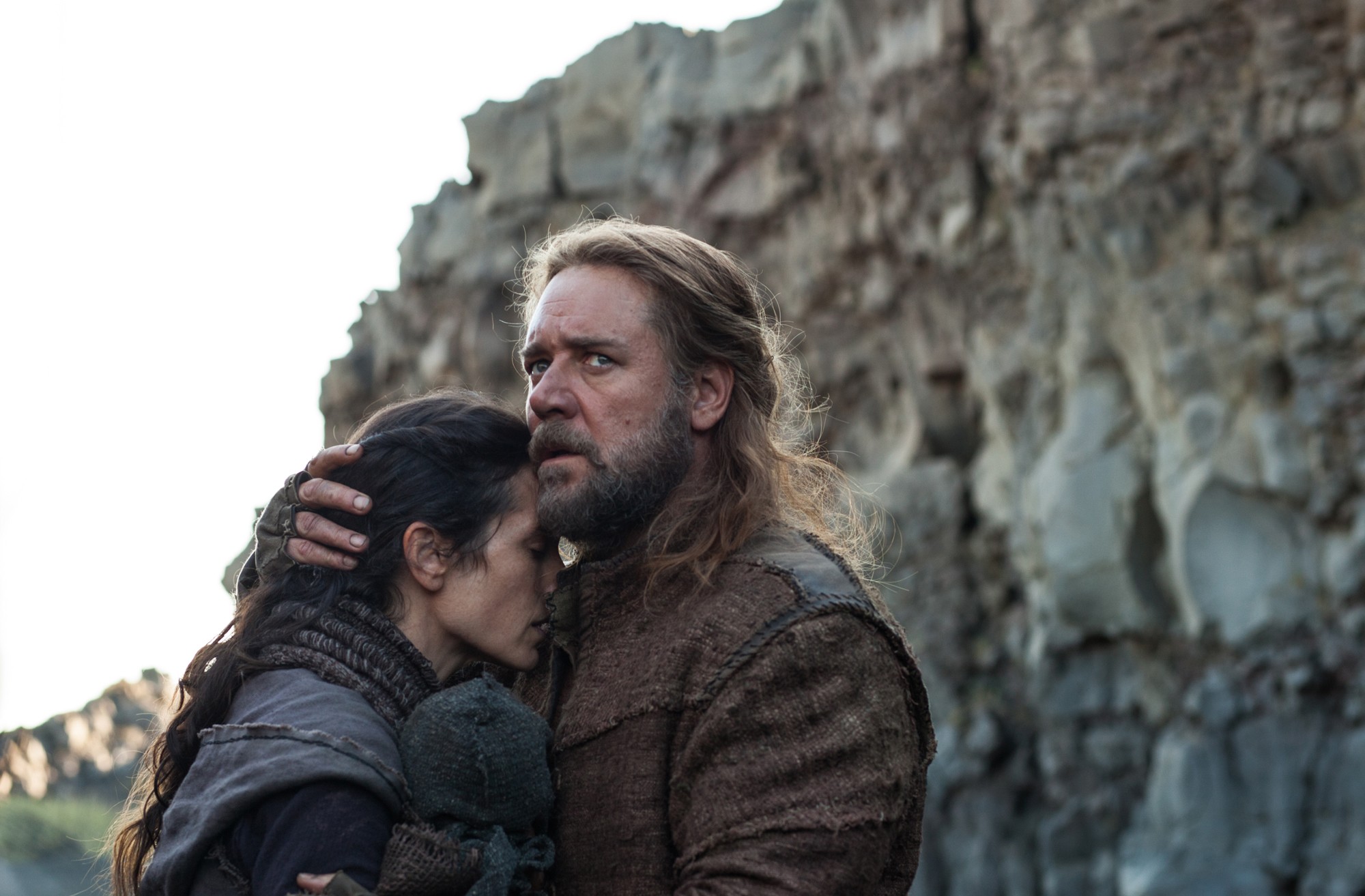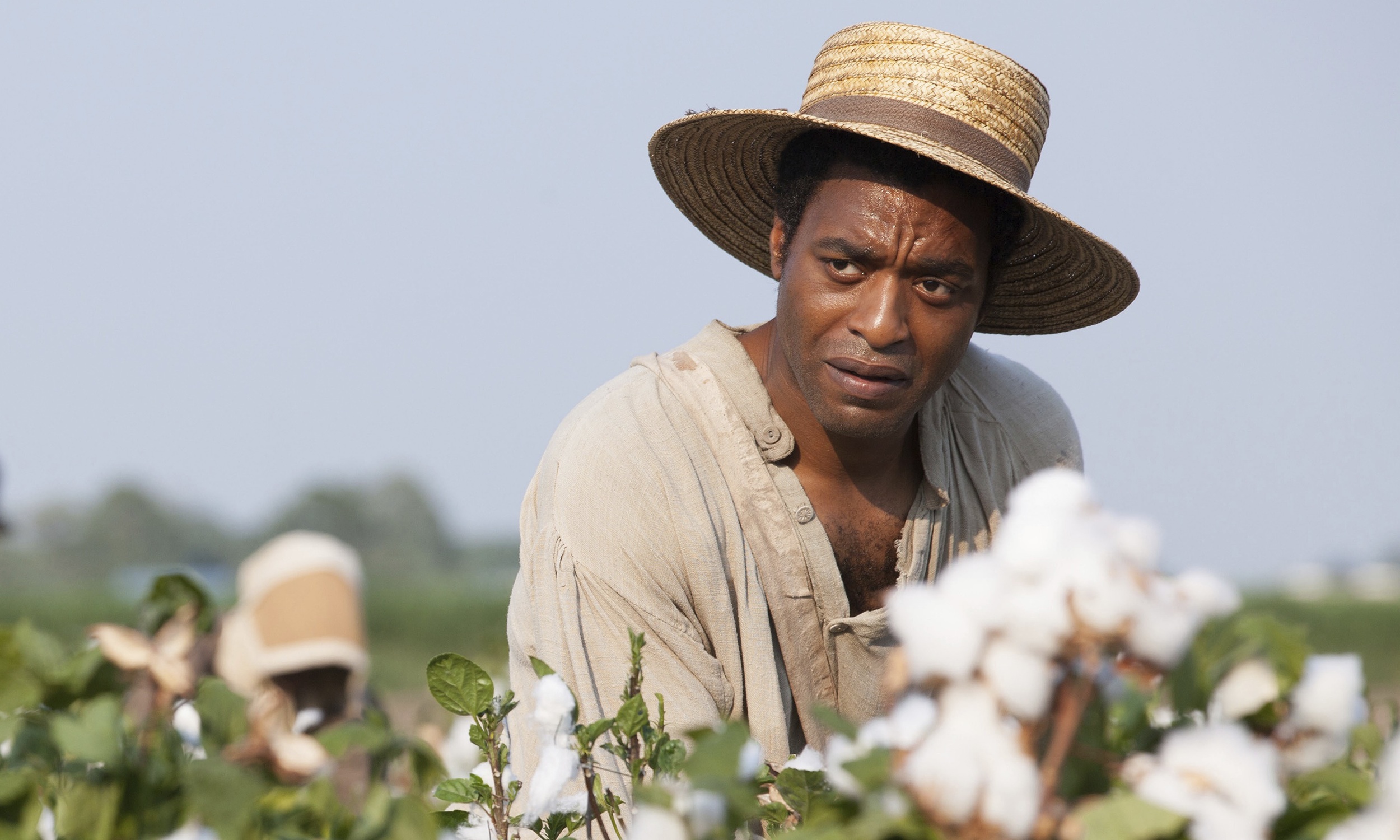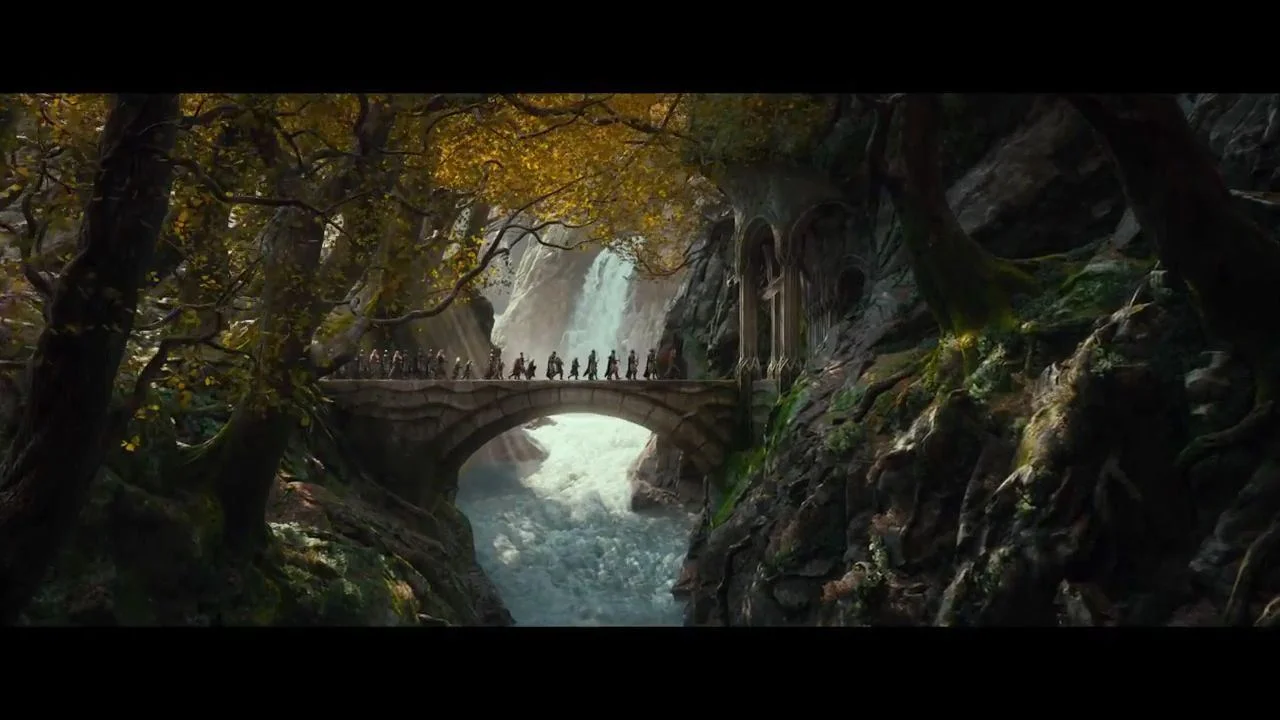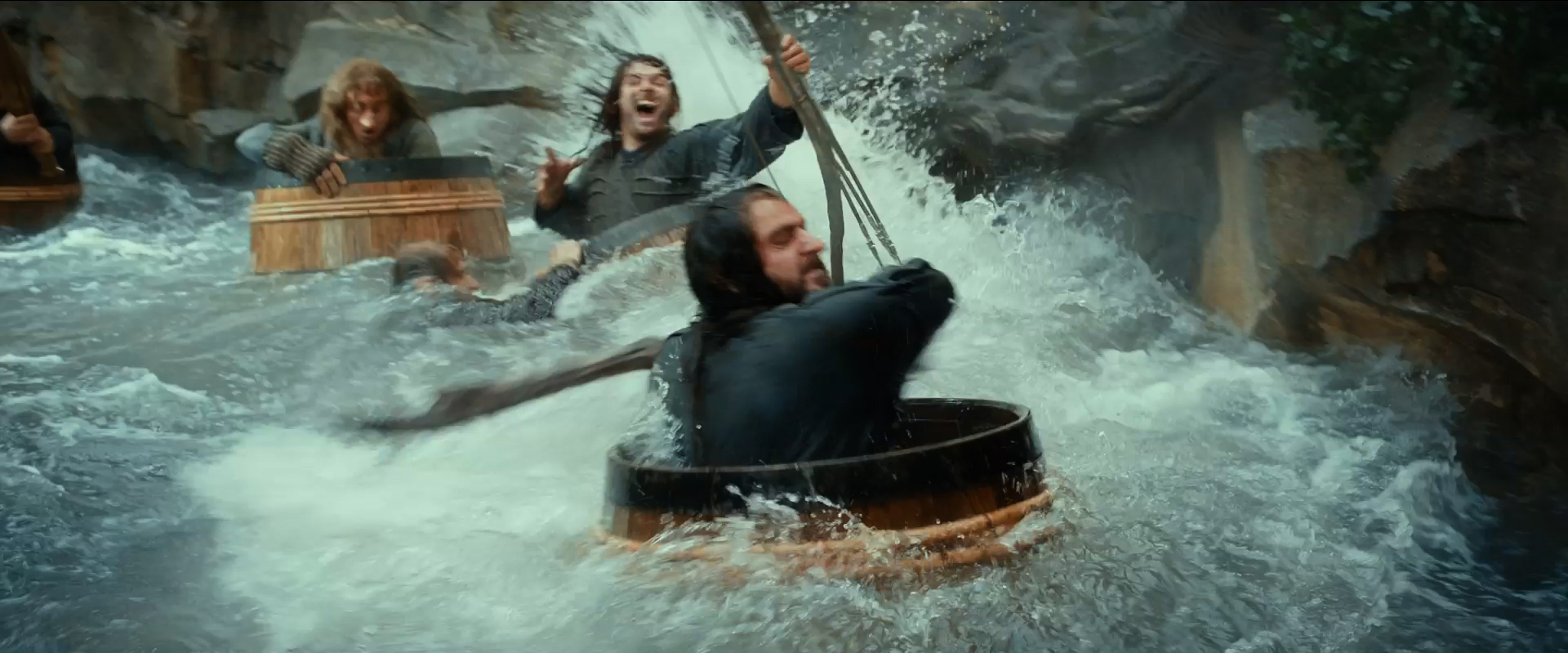This post was originally written in January 2014.
My friend posted a video on his blog detailing his plans for 2014. Not New Year’s resolutions, (which he labelled as) “bullshit”, but a list of goals he would like to accomplish. They includes things like finishing his book of modern day fairy tales, increasing his average YouTube vieo view count to 300, and shooting a short film. All of them significant yet all of them achievable. And were he to achieve half of these goals, his year will be more influential then my past three.
The end of a year is a time to take stock of the last one and make plans for the next. My goals are less ambitious then Kyle’s. Over the weekend I made a list of books I would like to read in 2014. And looking back over 2013, certain value statements can be made about how I used my time. For example, I read 39 books (three more then what I read last year, 63 less then 2011), watched 72 movies (31 more movies then books), and posted 188 photos to Instagram (leaving 177 days when I posted nothing).
When I stare at these numbers my year looks pretty useless. To hide my guilt I try to congratulate myself on the difficult course I completed with success, the advancements I achieved in my career, and the new friendships I have formed. But there were friendships left stagment too, time that could have been better spent completing more courses, and money better saved.
Such is time. Regret and loss. Achievement and possibility. I suppose trite lists like the books I have read say little and the lists that I used to keep -highlighting memories savoured and graces given - speak more accurately to time's passing.
Today one of our pastors preached on Matthew 11:25-30. He paused on the opening phrase “At that time, Jesus…” At that time.
The incarnation that we celebrate at Christmas was a space and time event. Again and again in the gospels we are reminded of the particularity of the events they record, events in space and time that reverberate to this day.
So in that context it is interesting to note the last couple verses of that passage. “Come to me, all who labor and are heavy laden, and I will give you rest. Take my yoke upon you, and learn from me, for I am gentle and lowly in heart, and you will find rest for your souls. For my yoke is easy, and my burden is light.”





